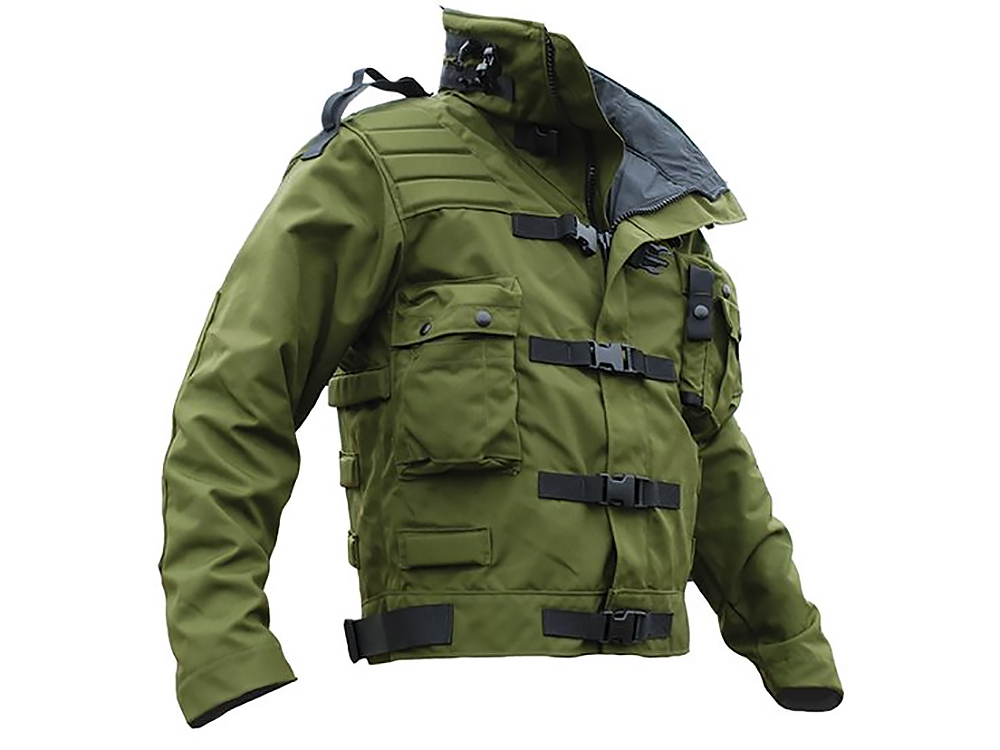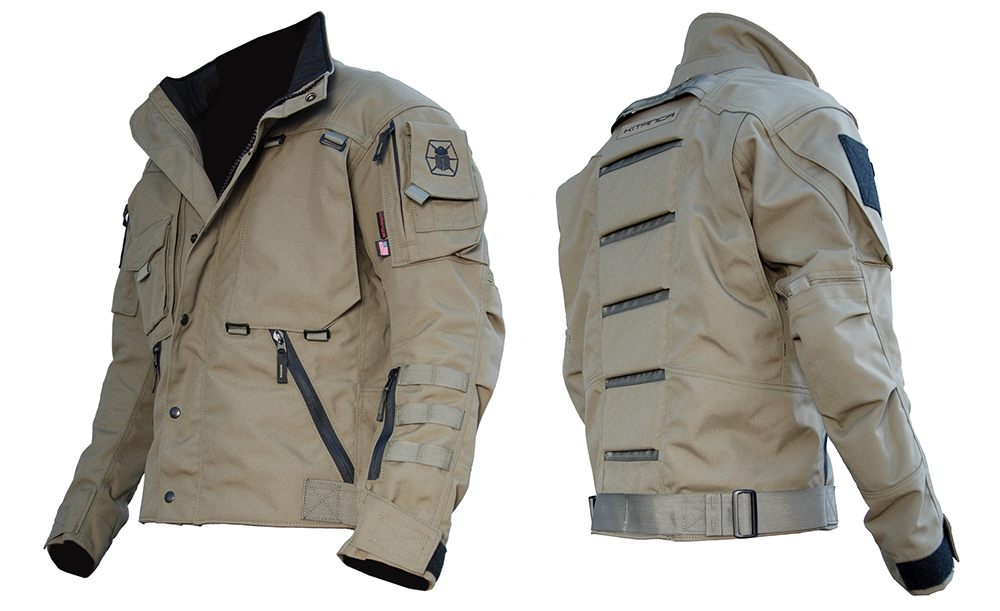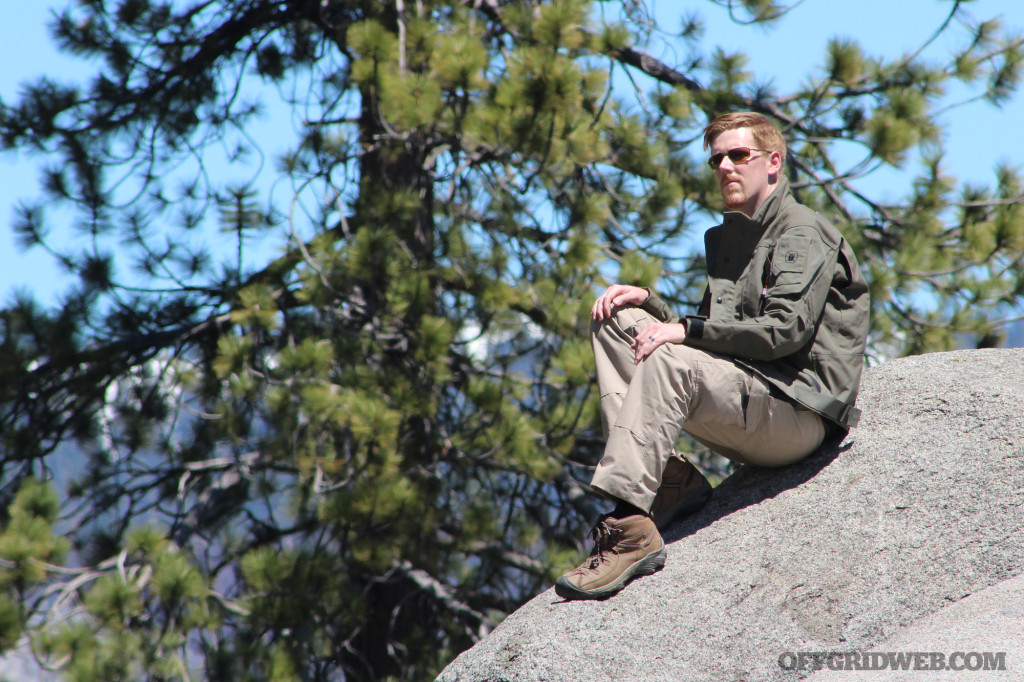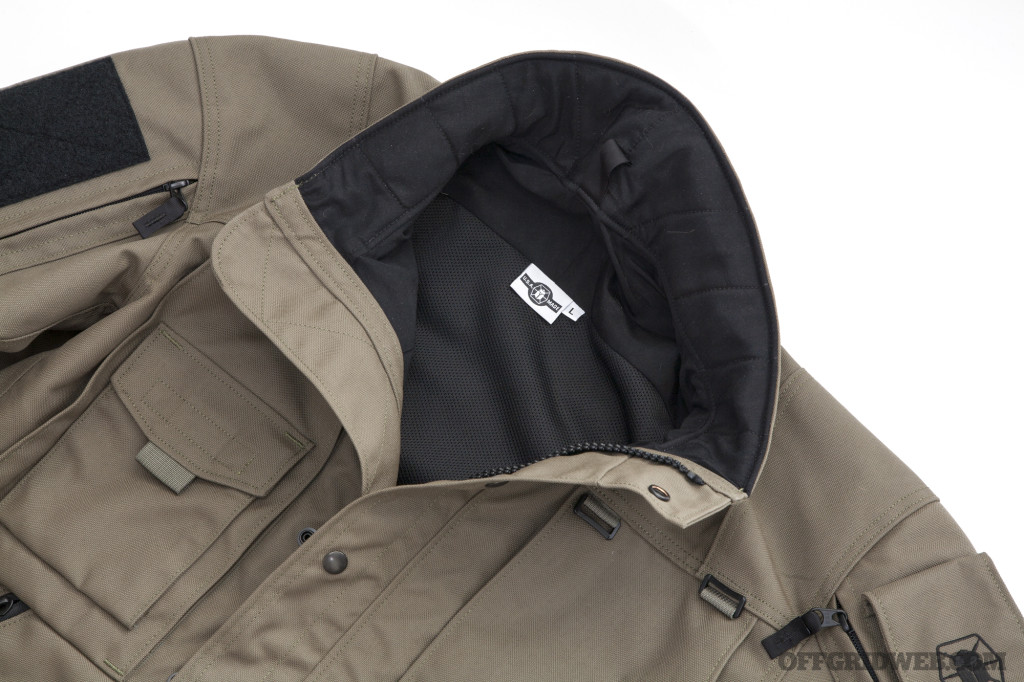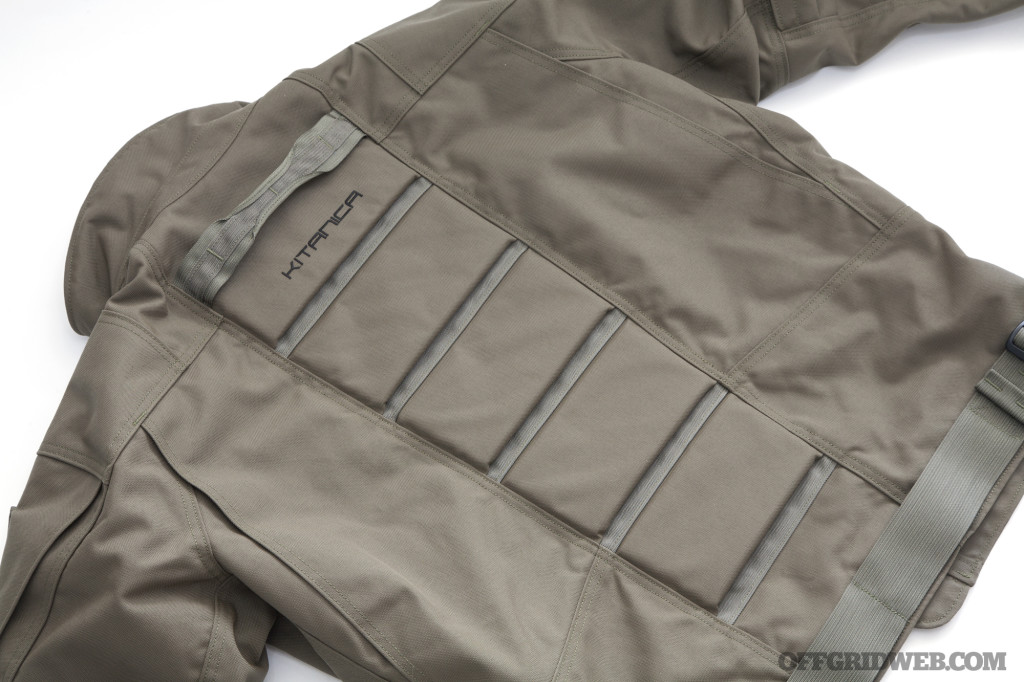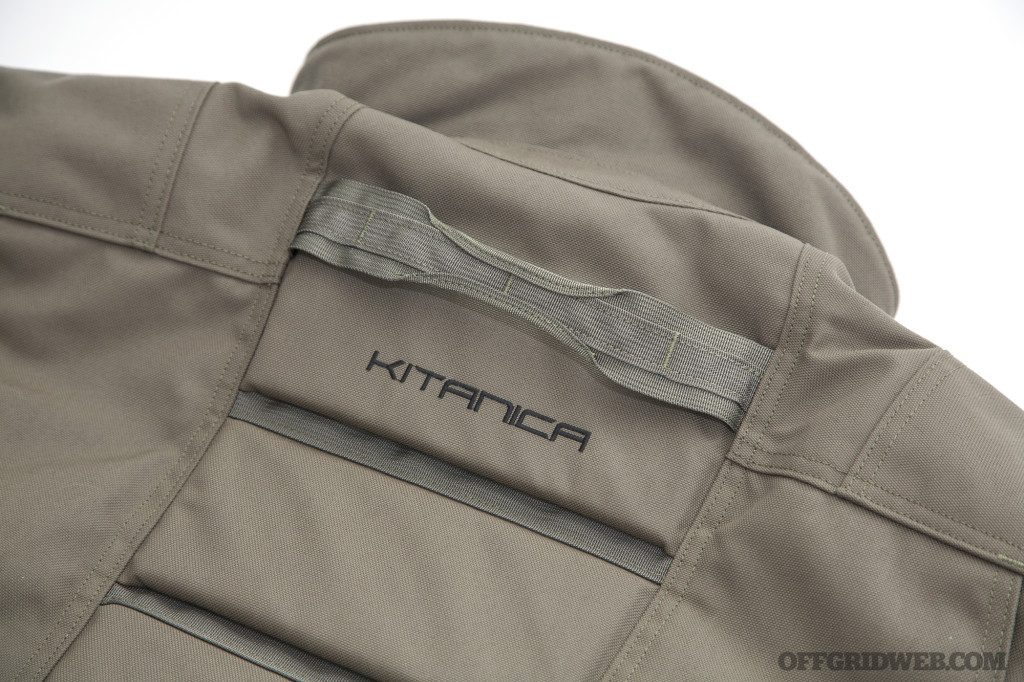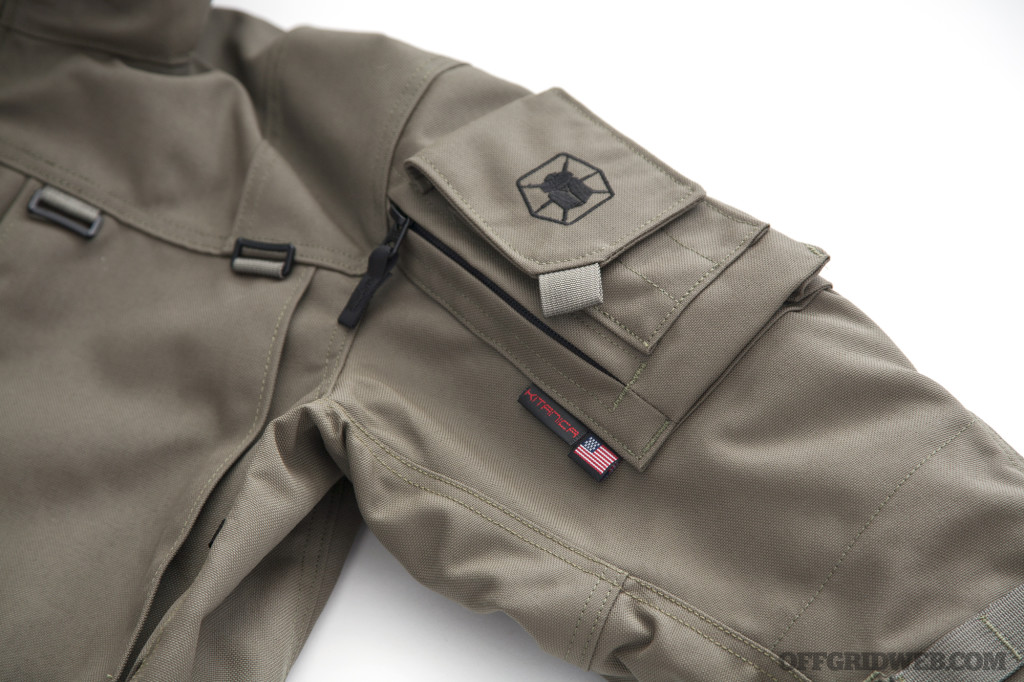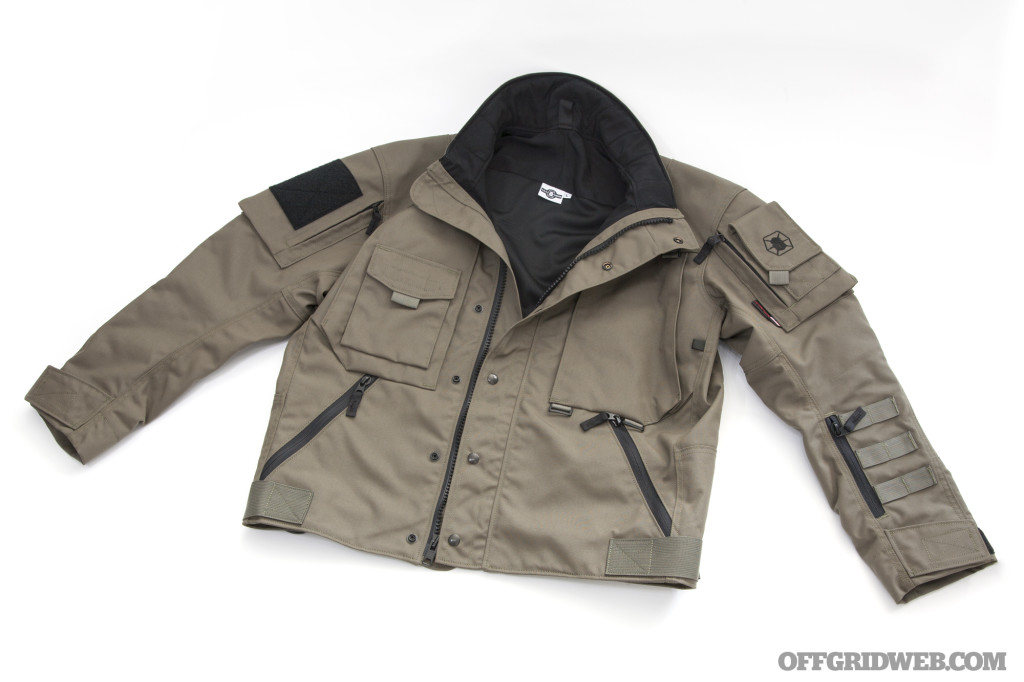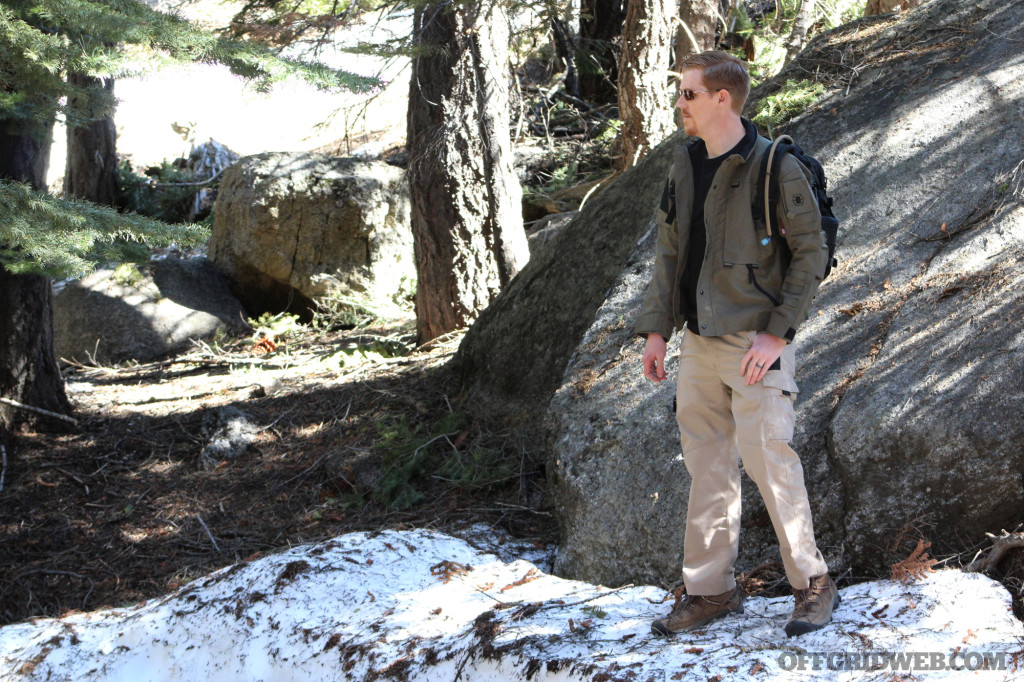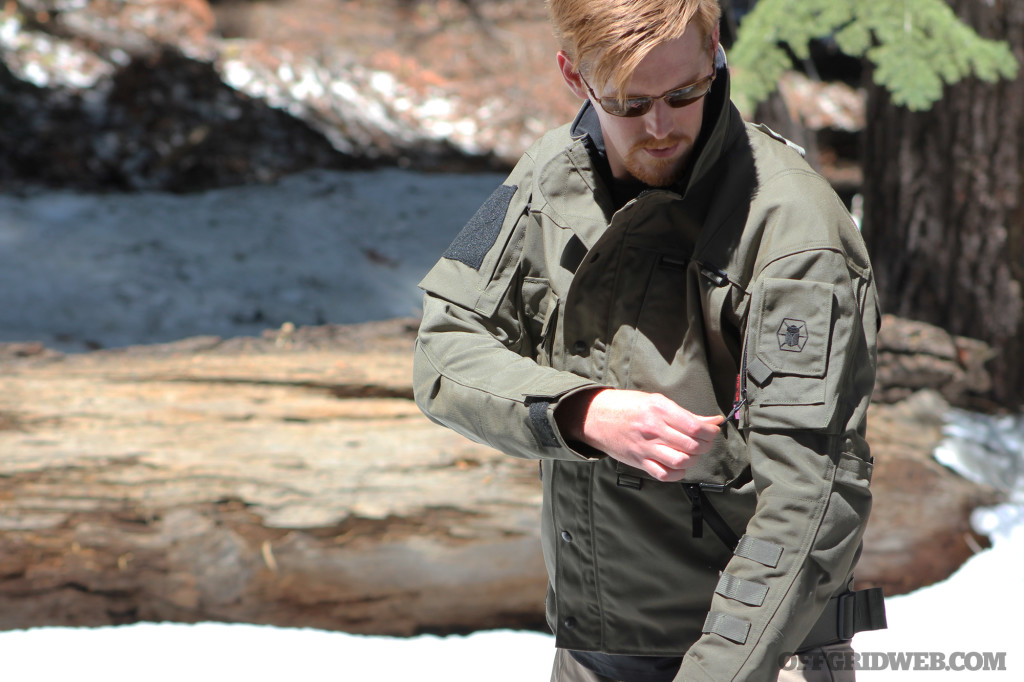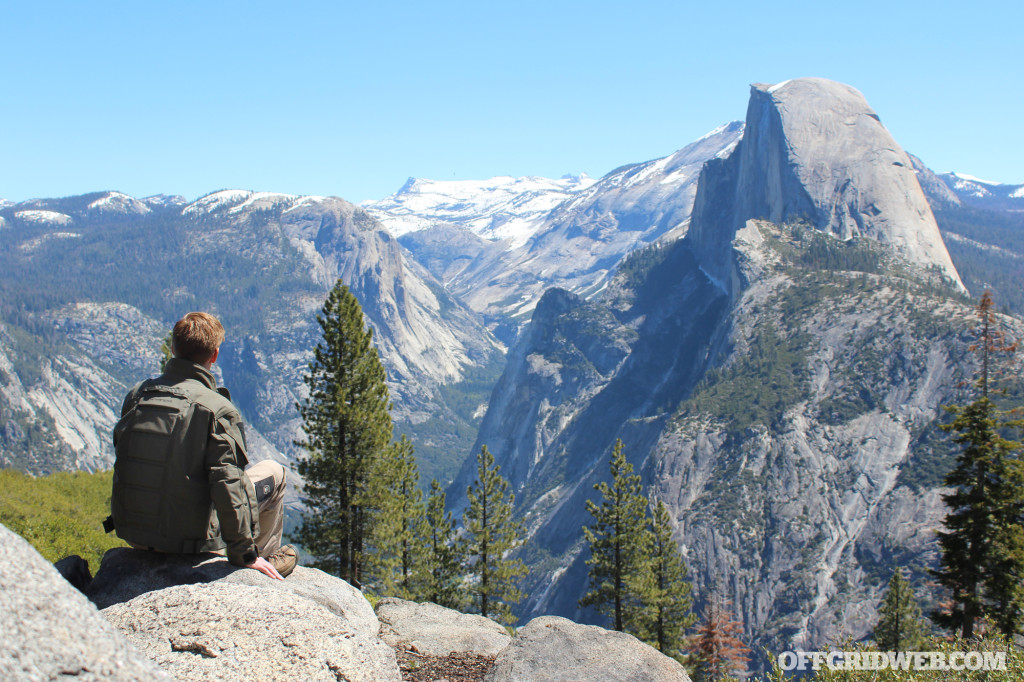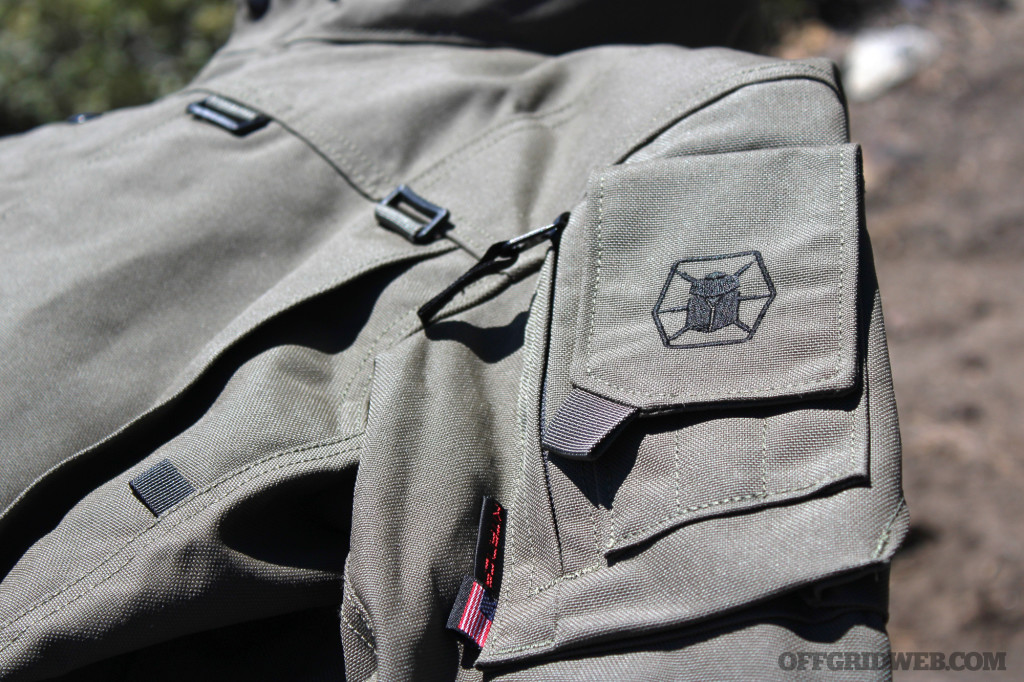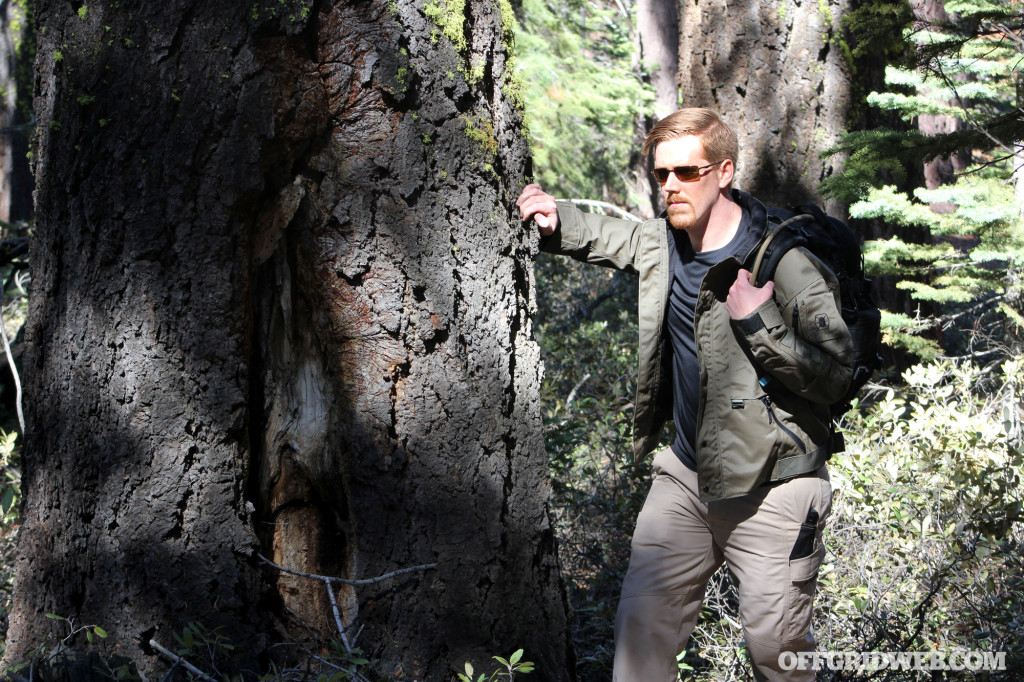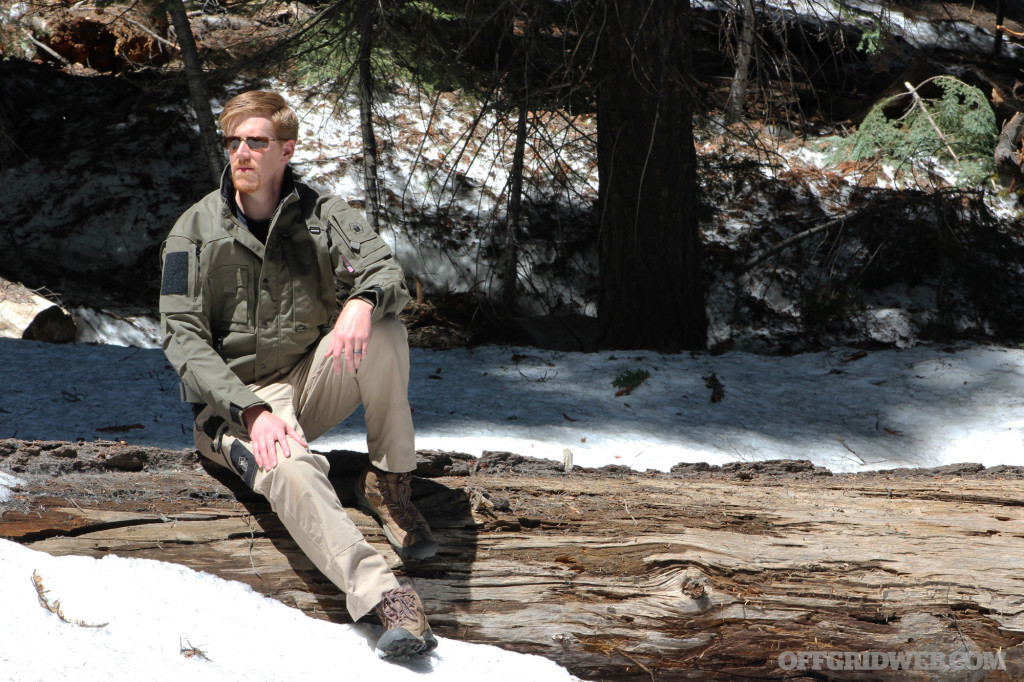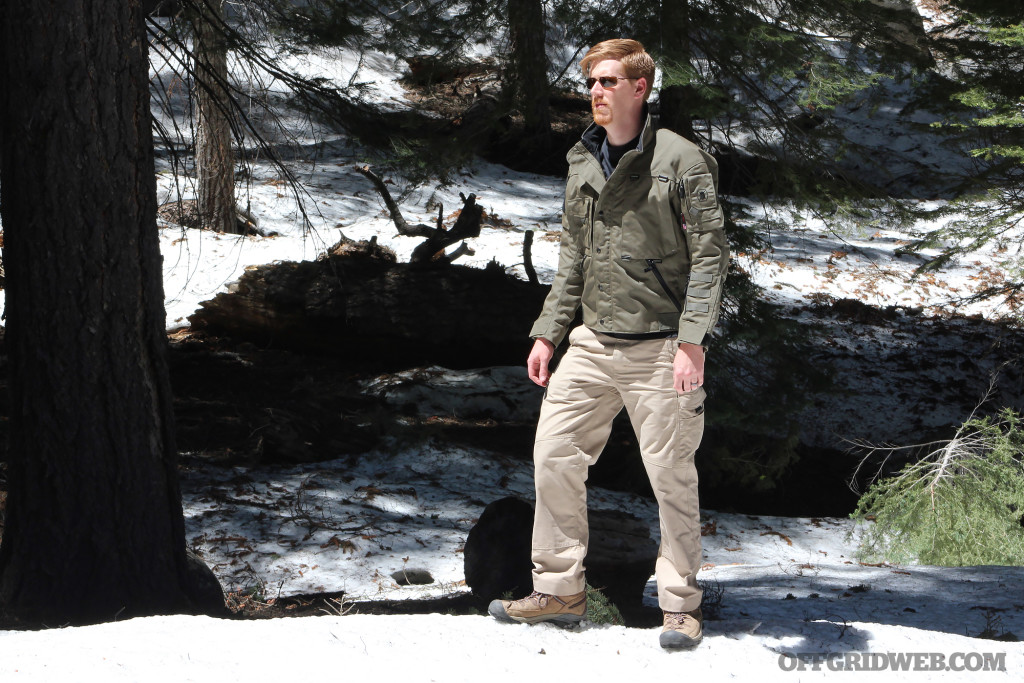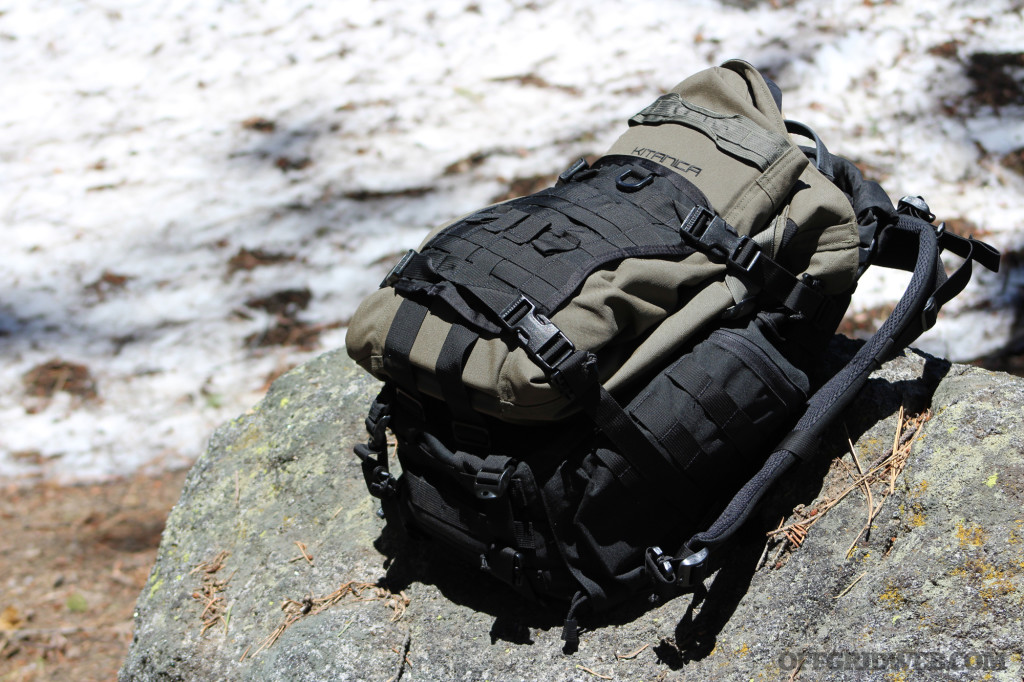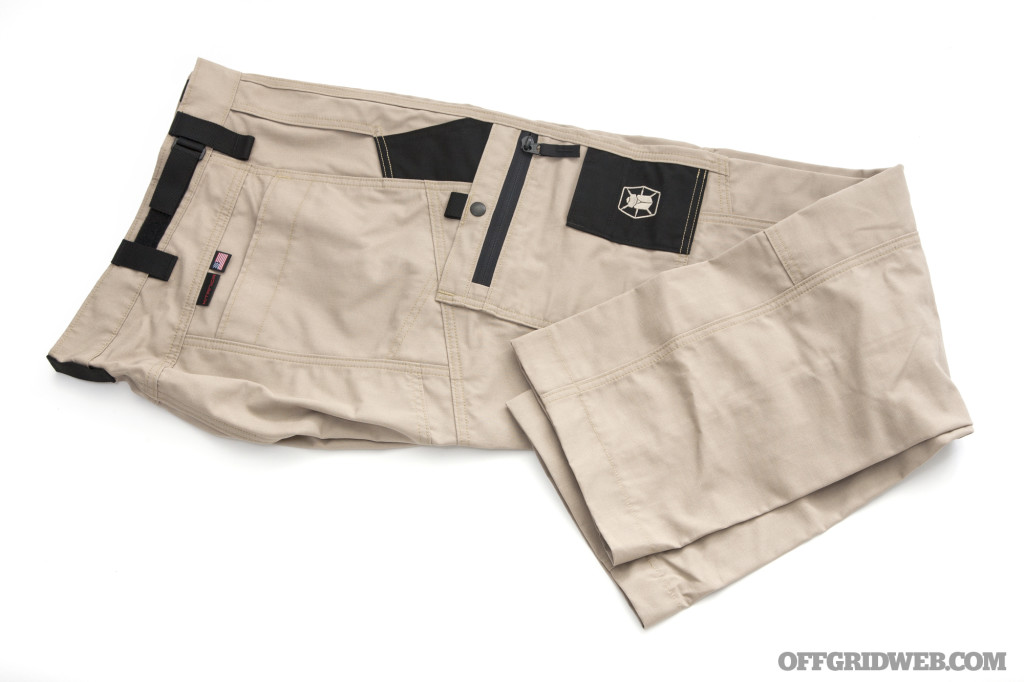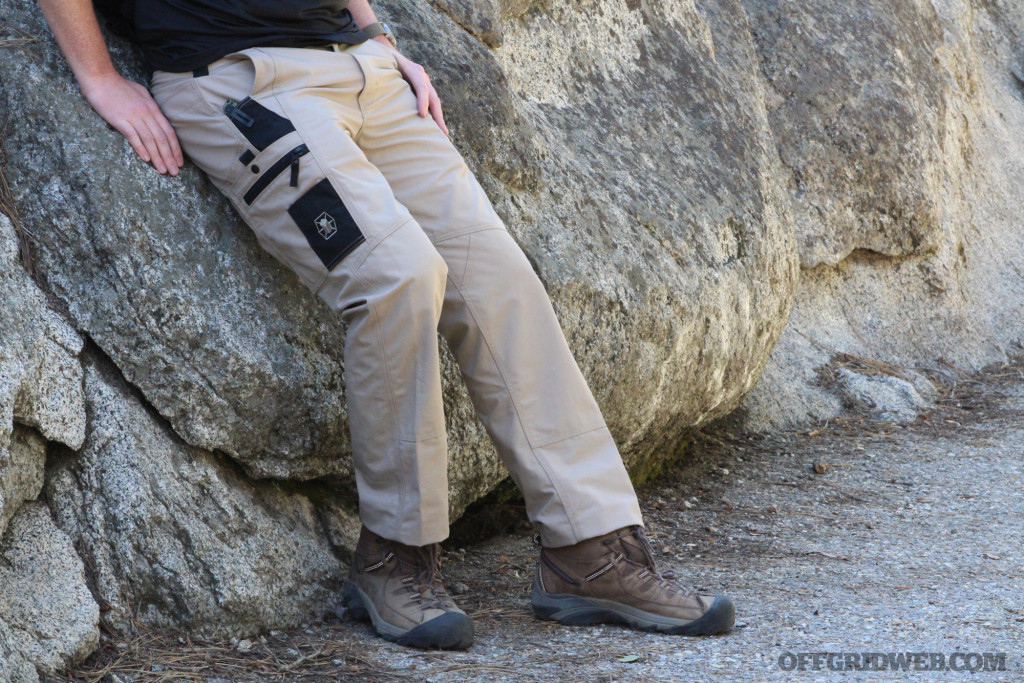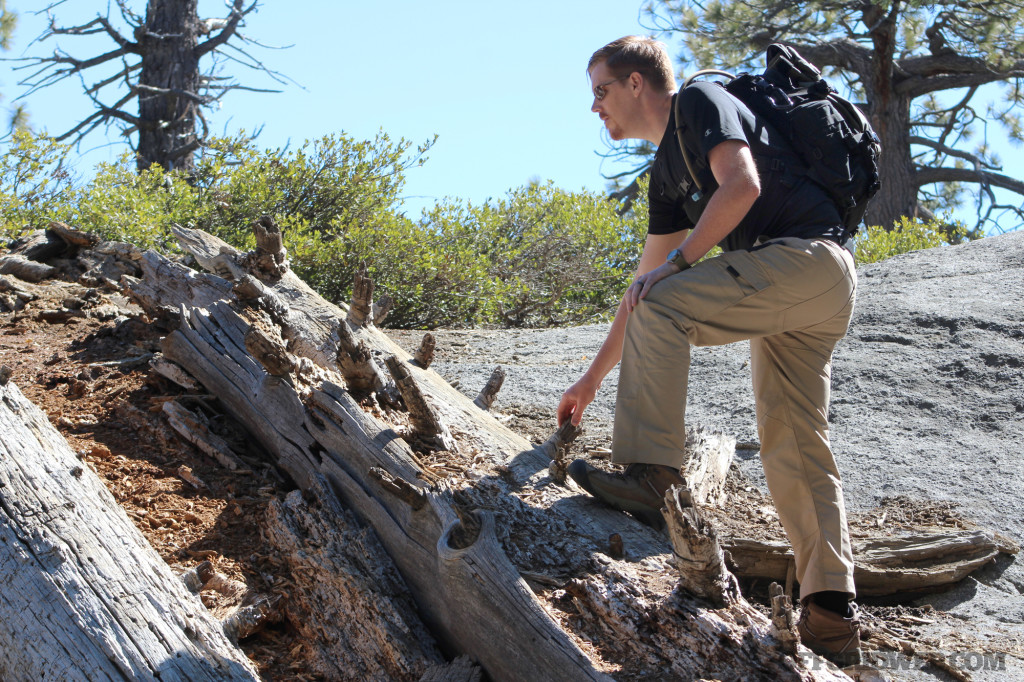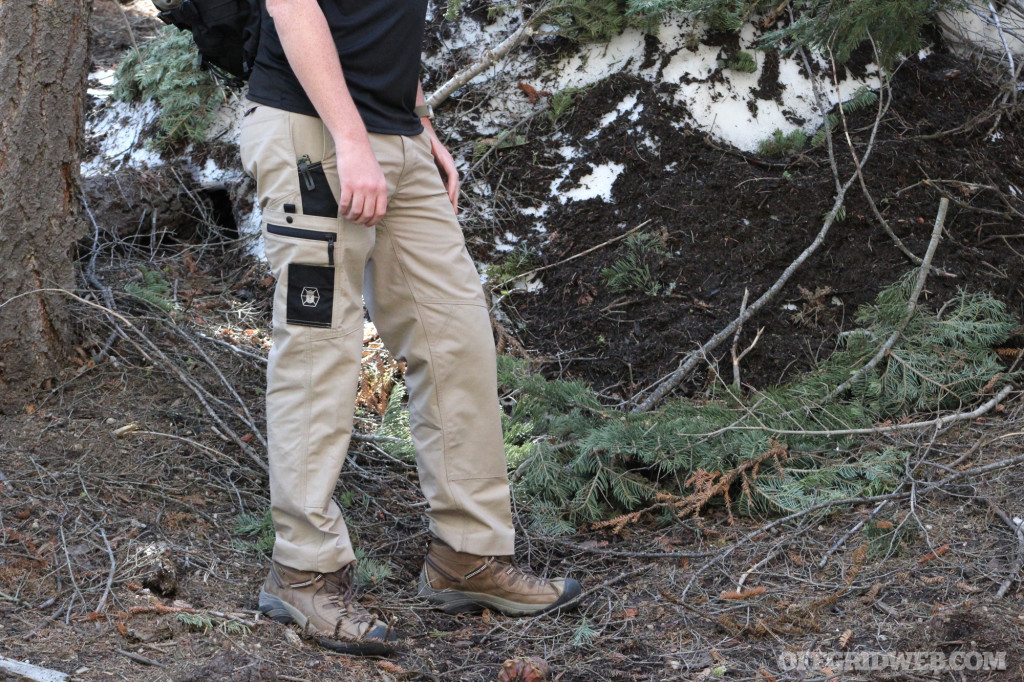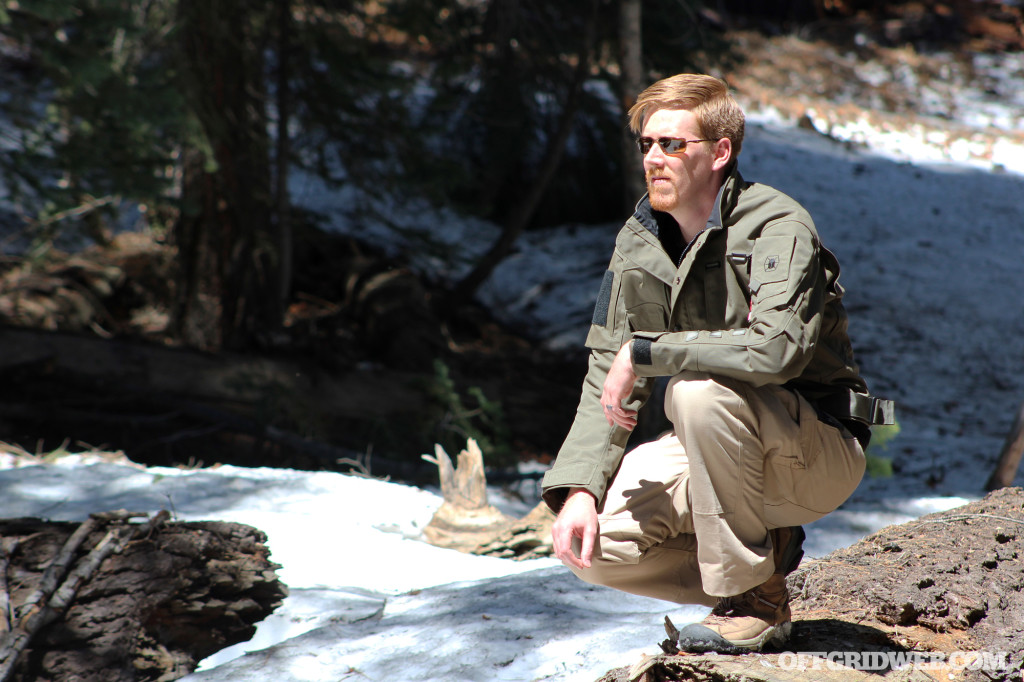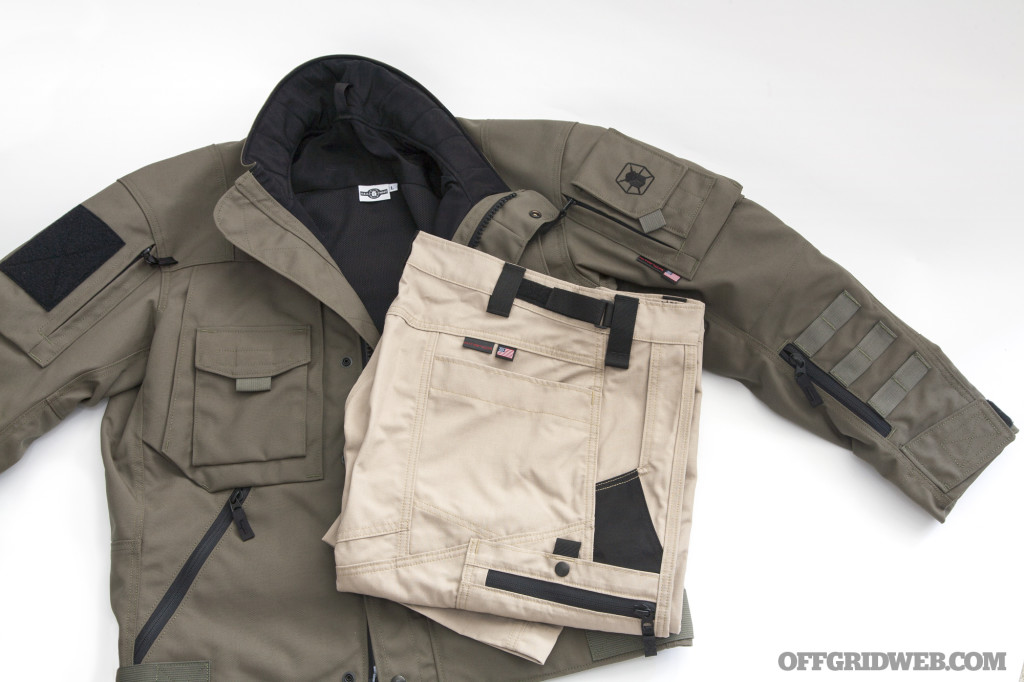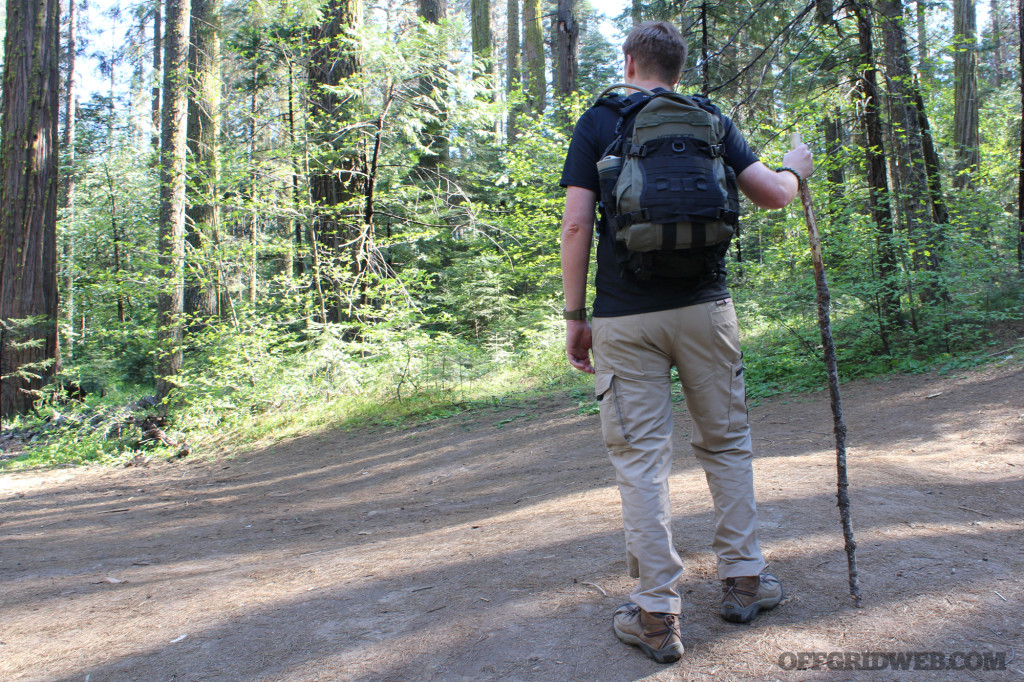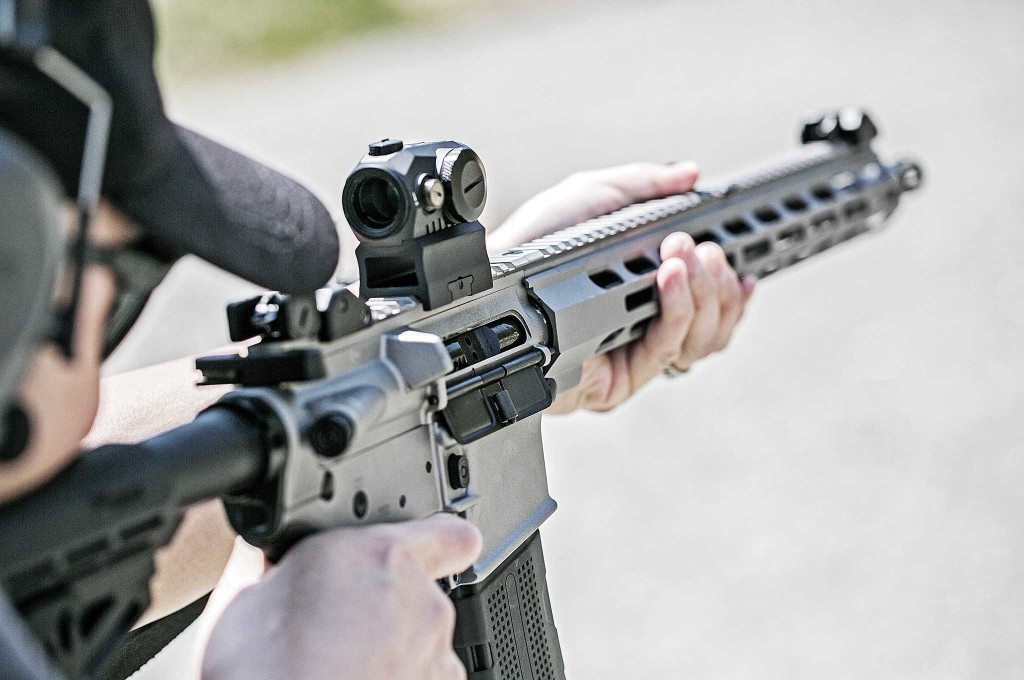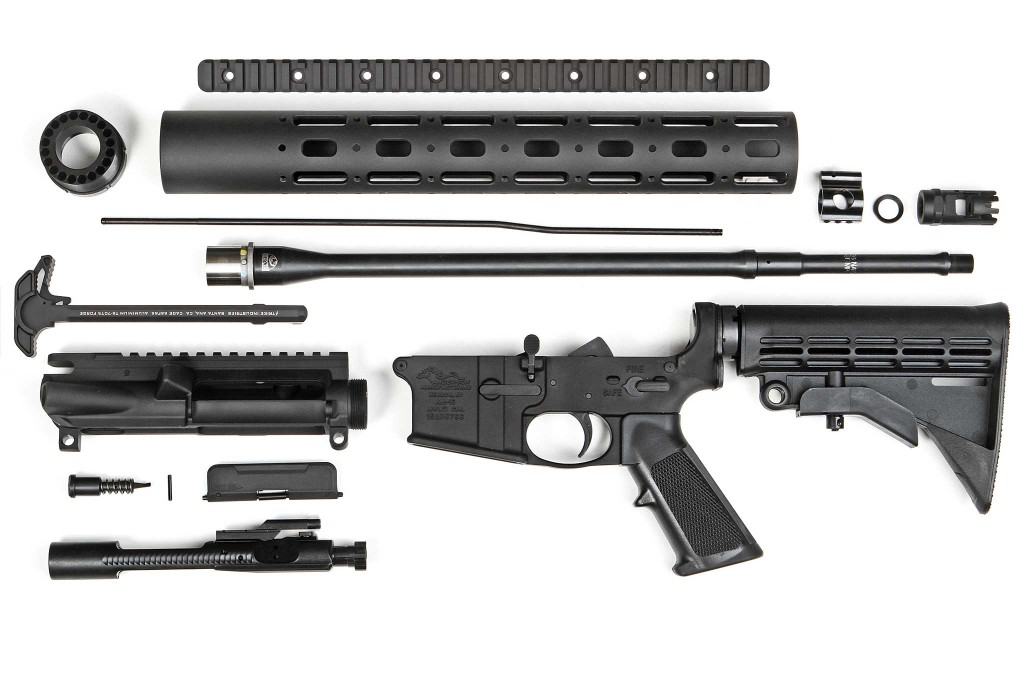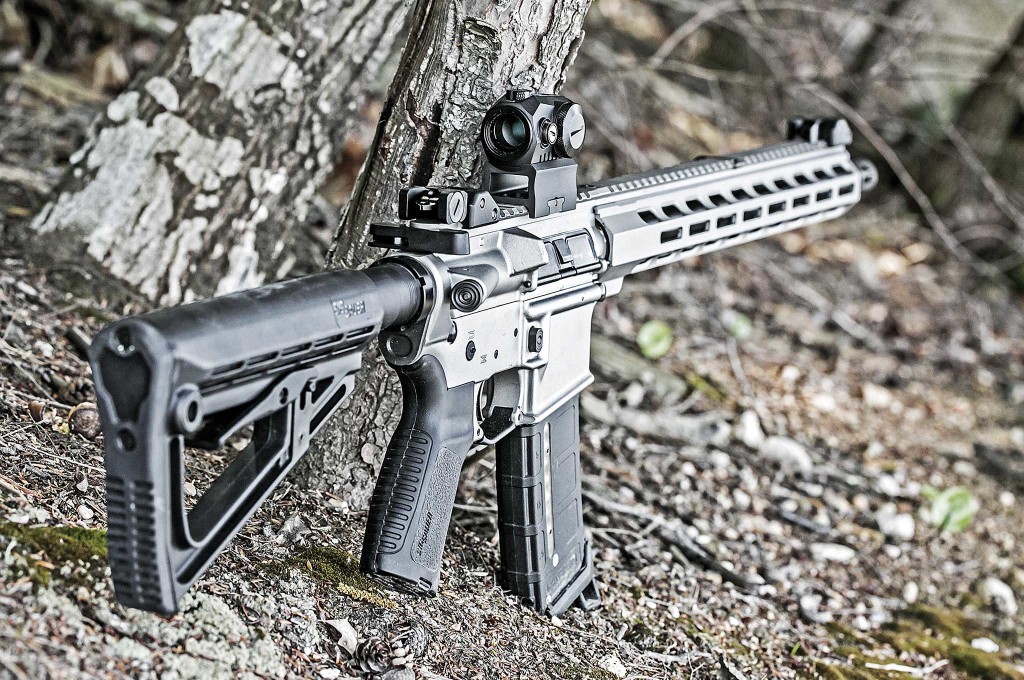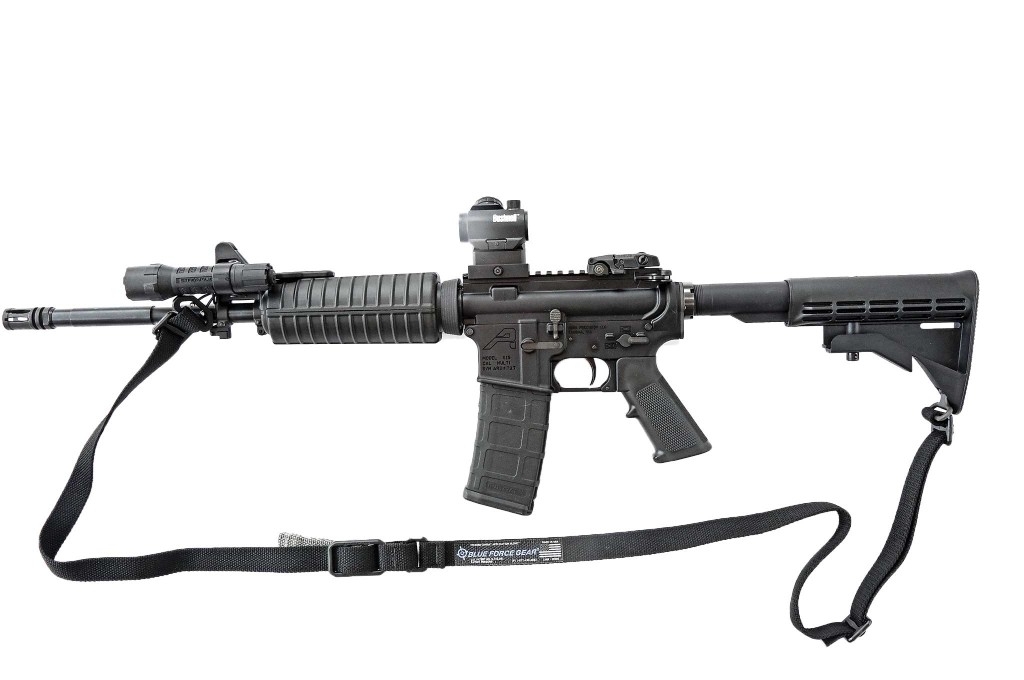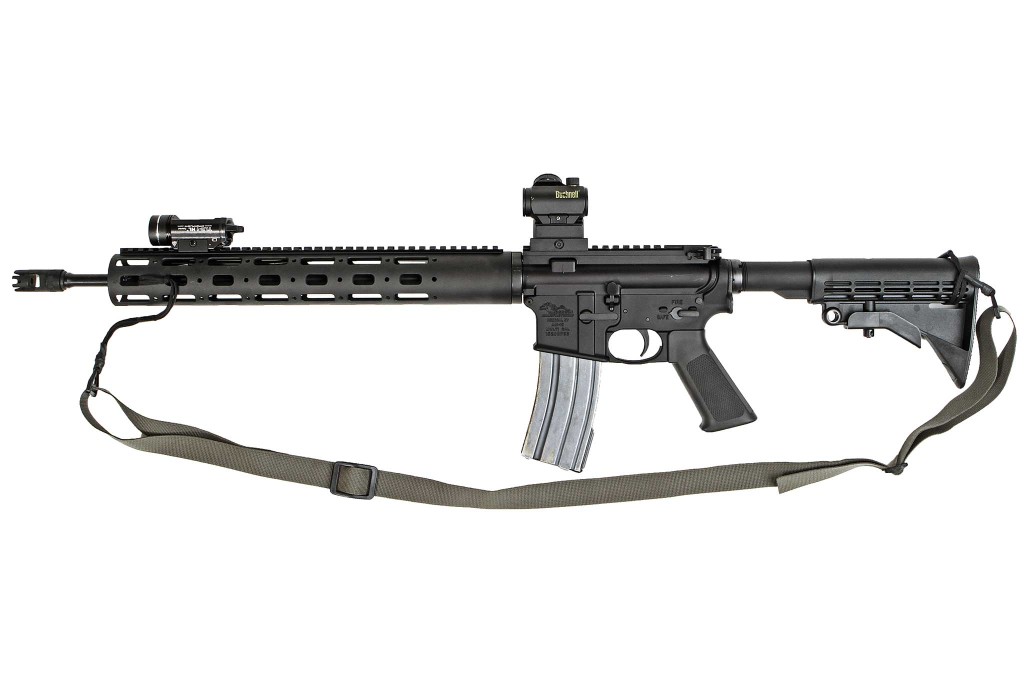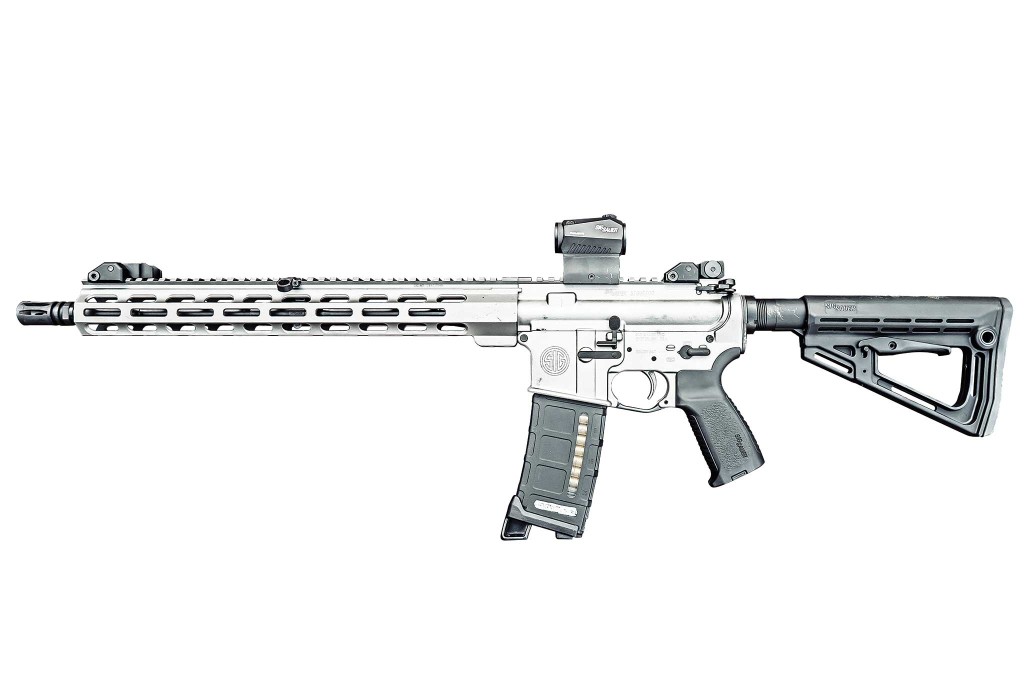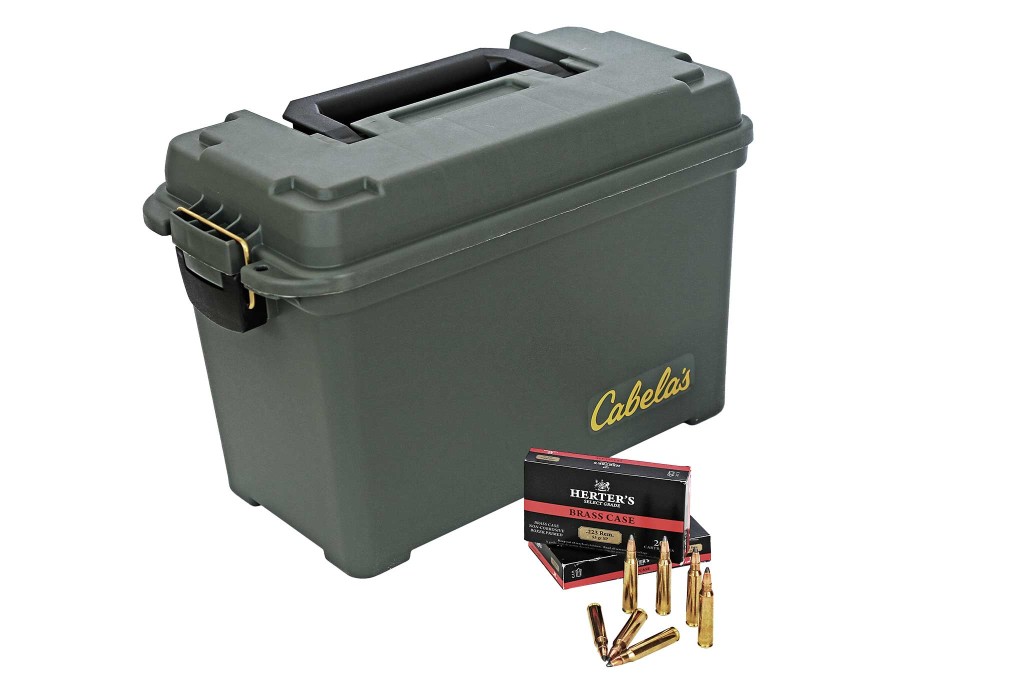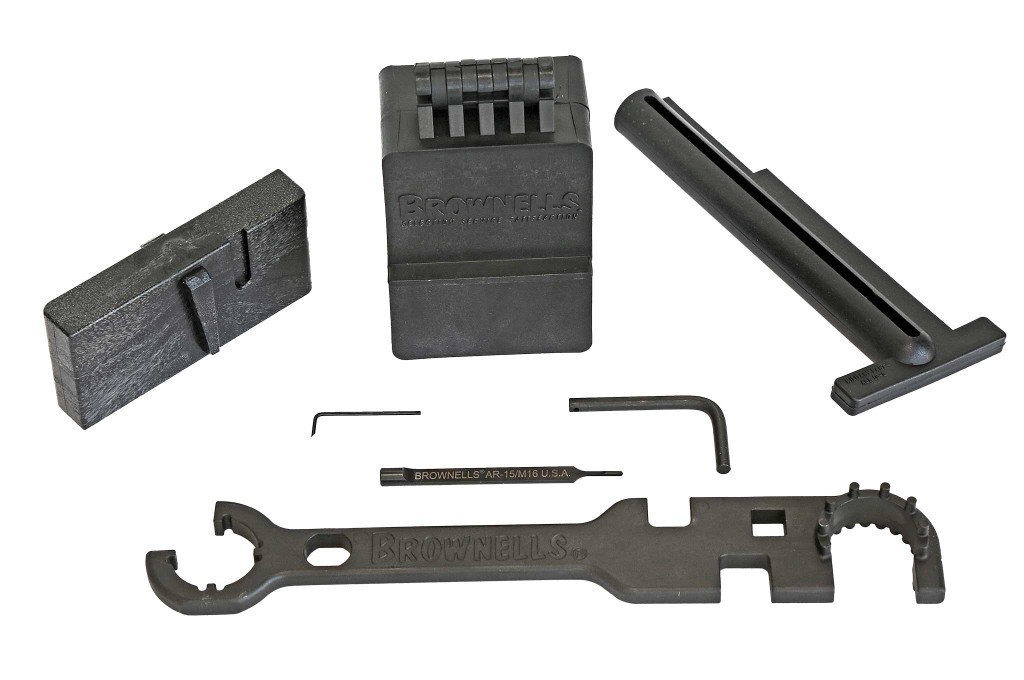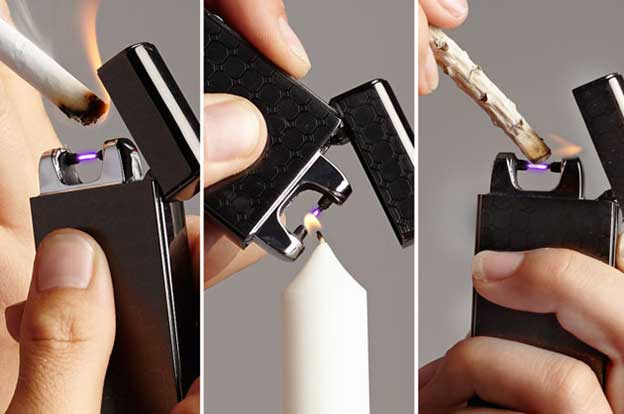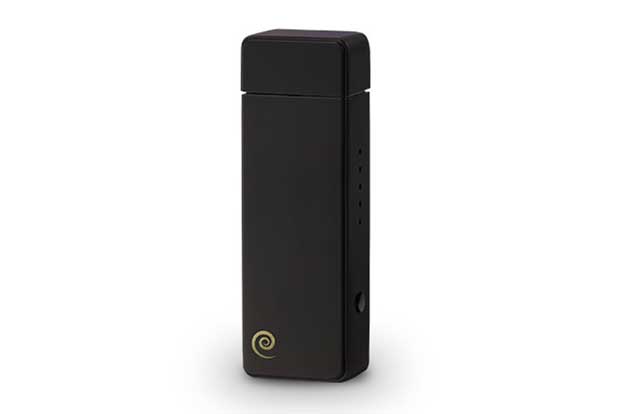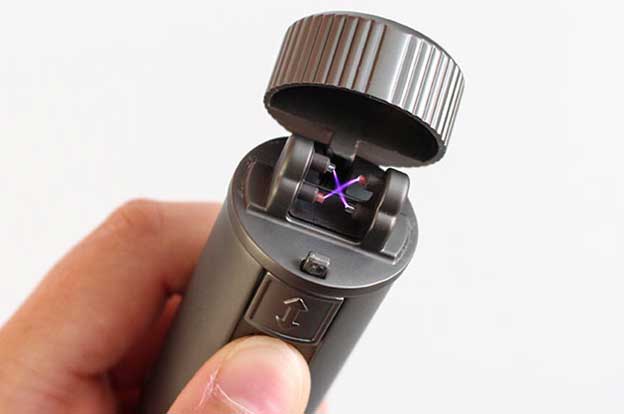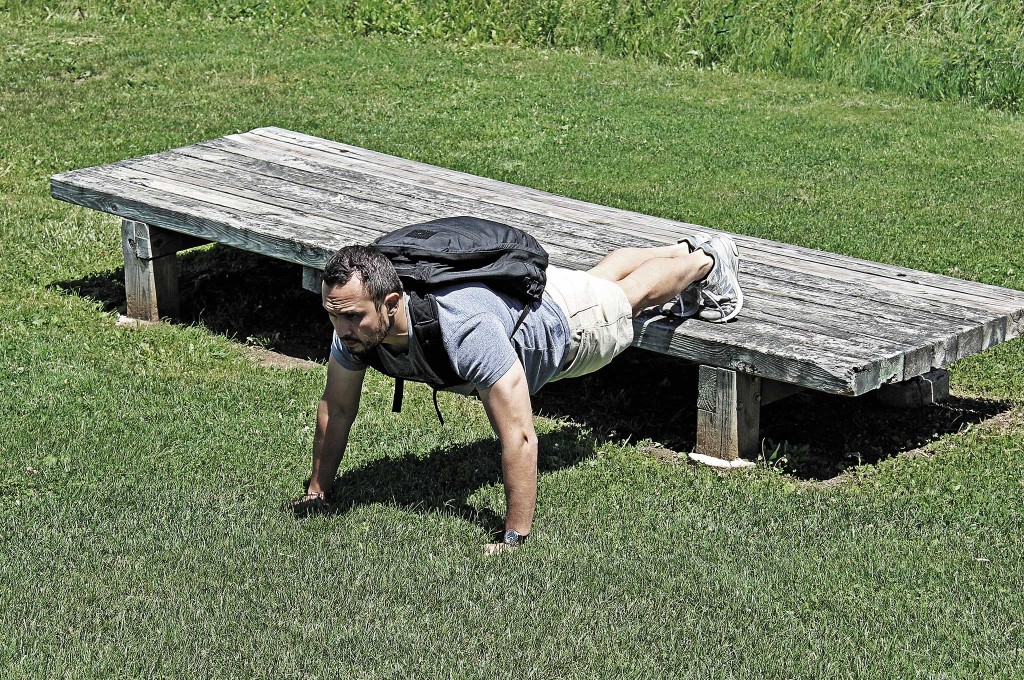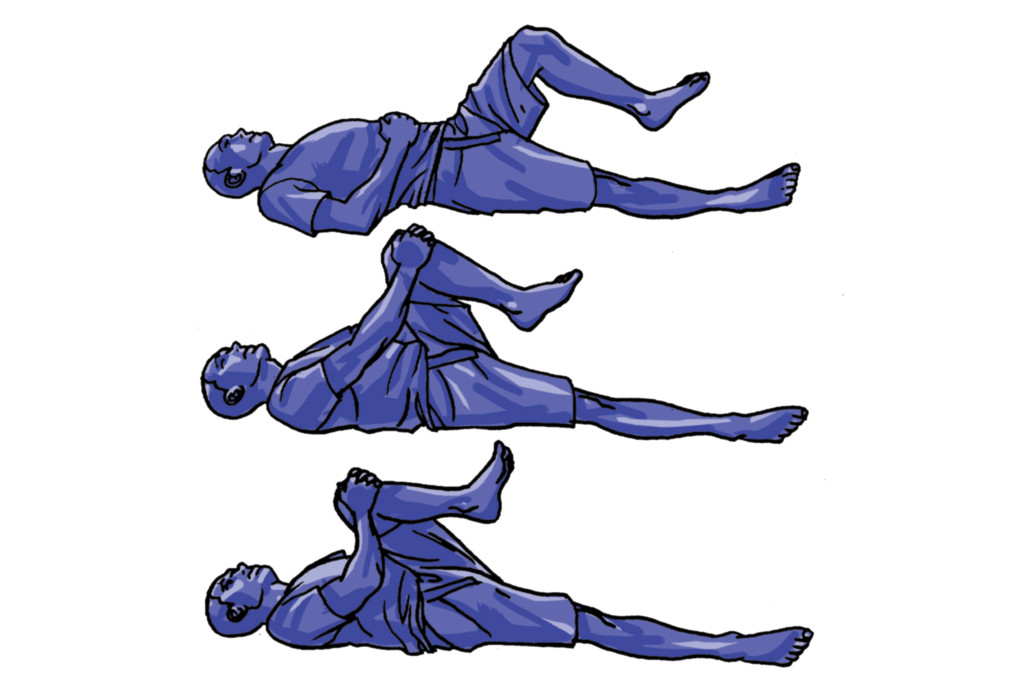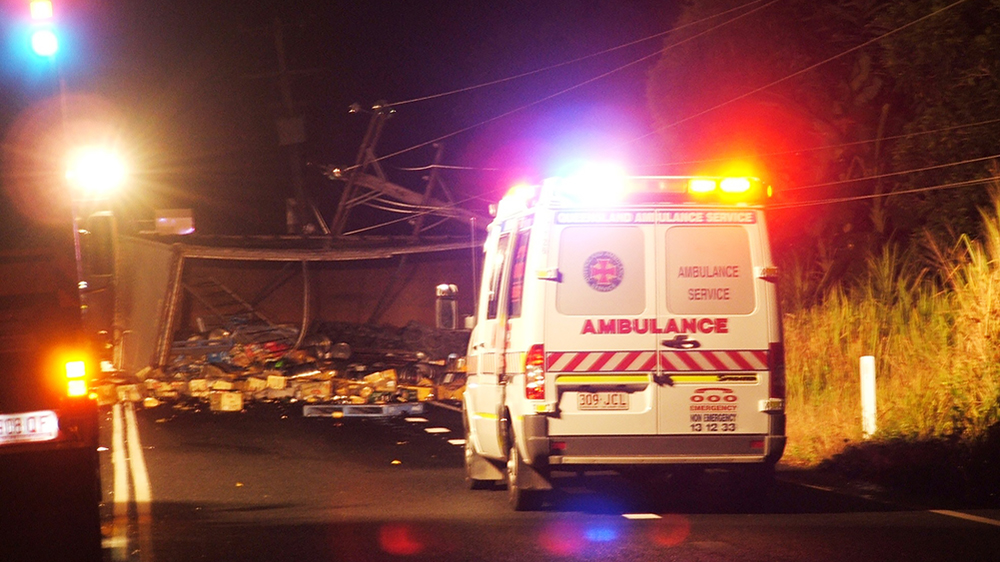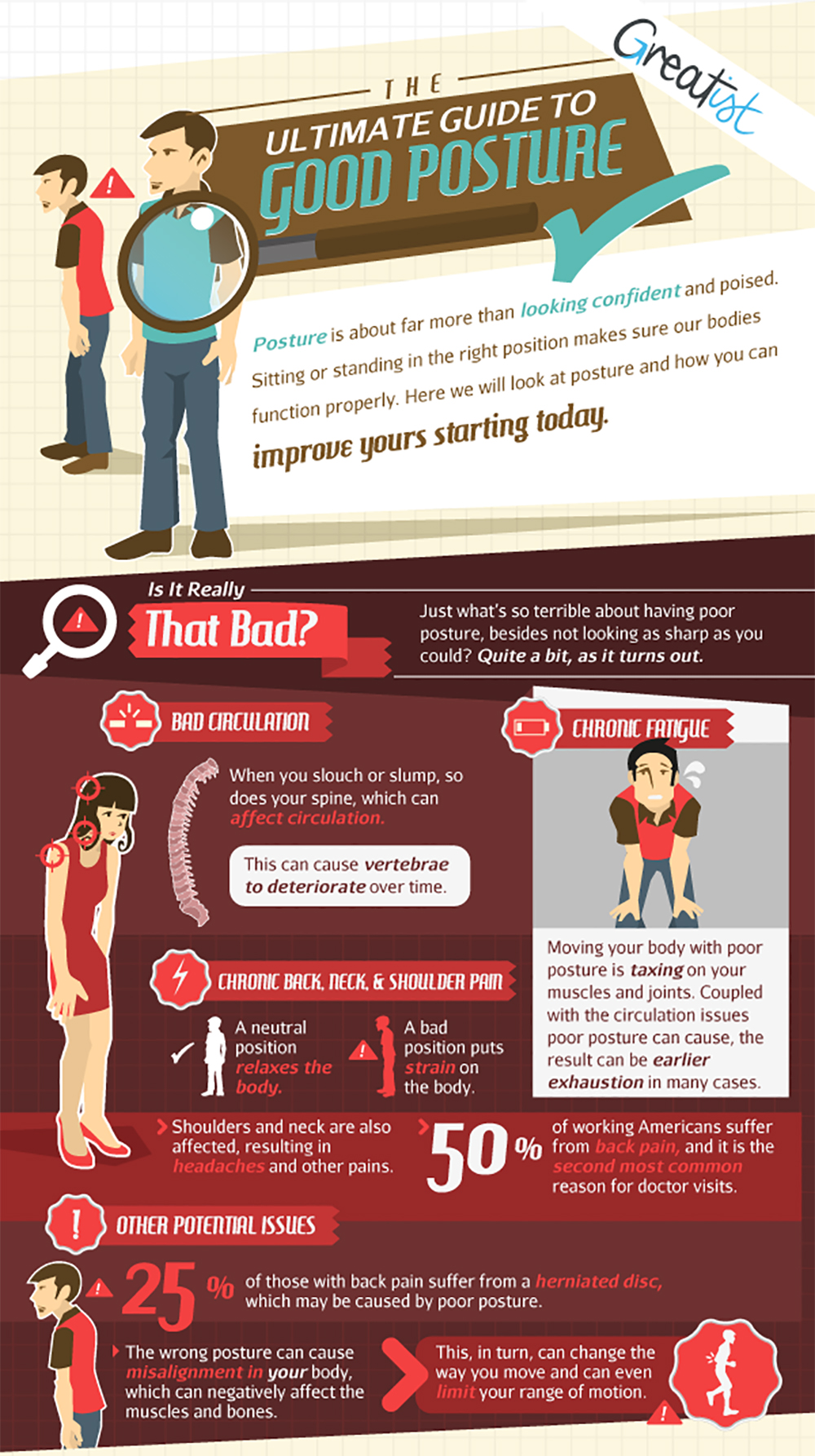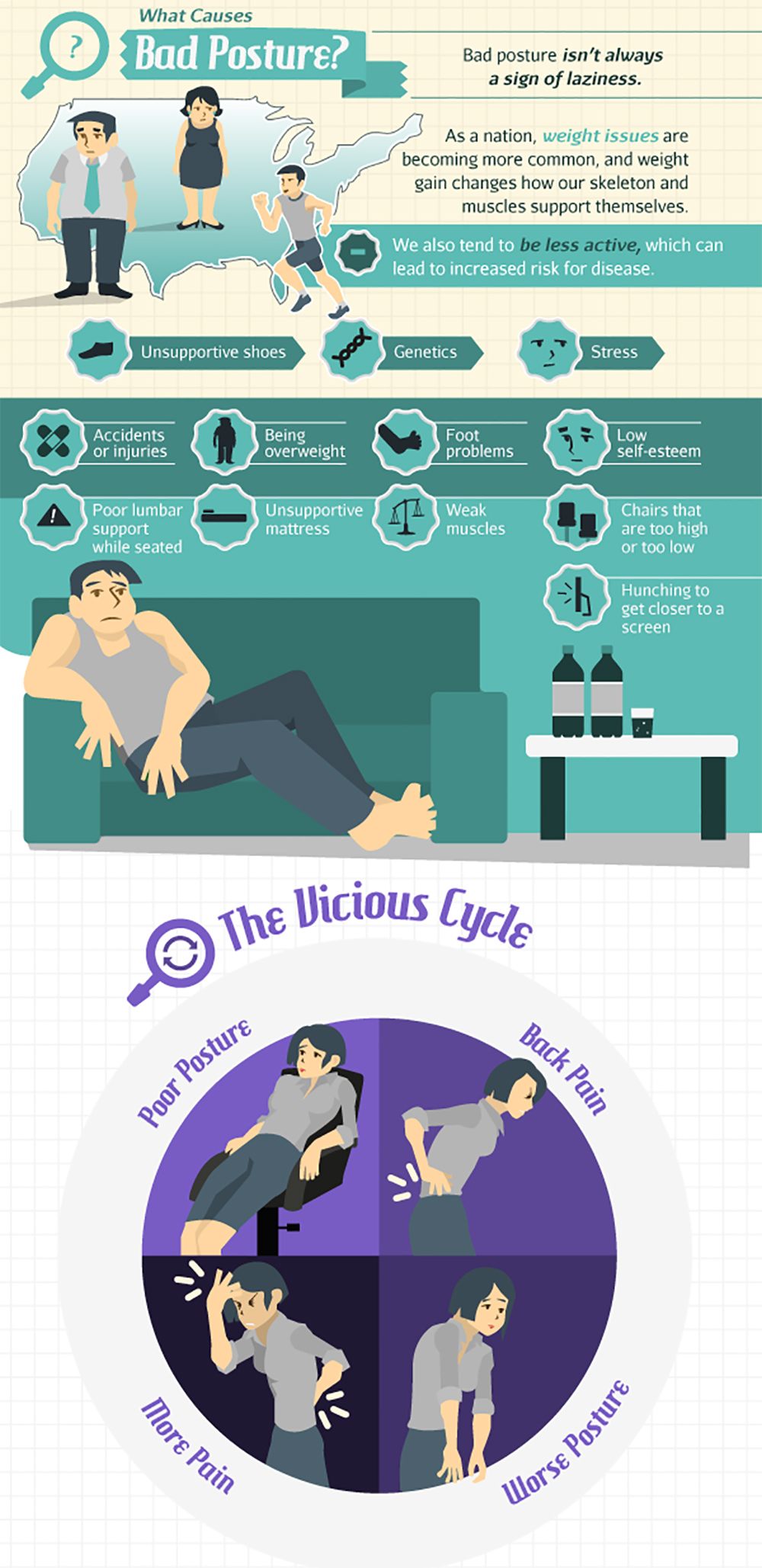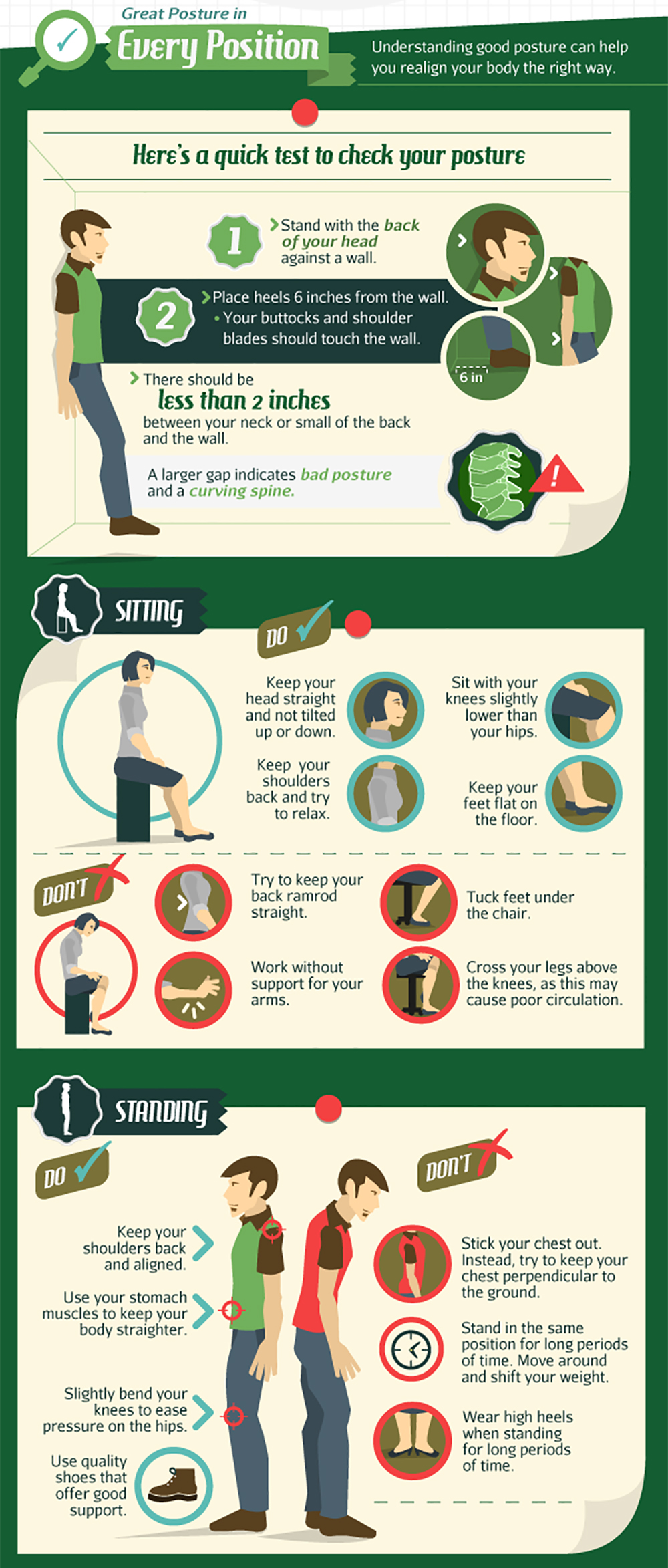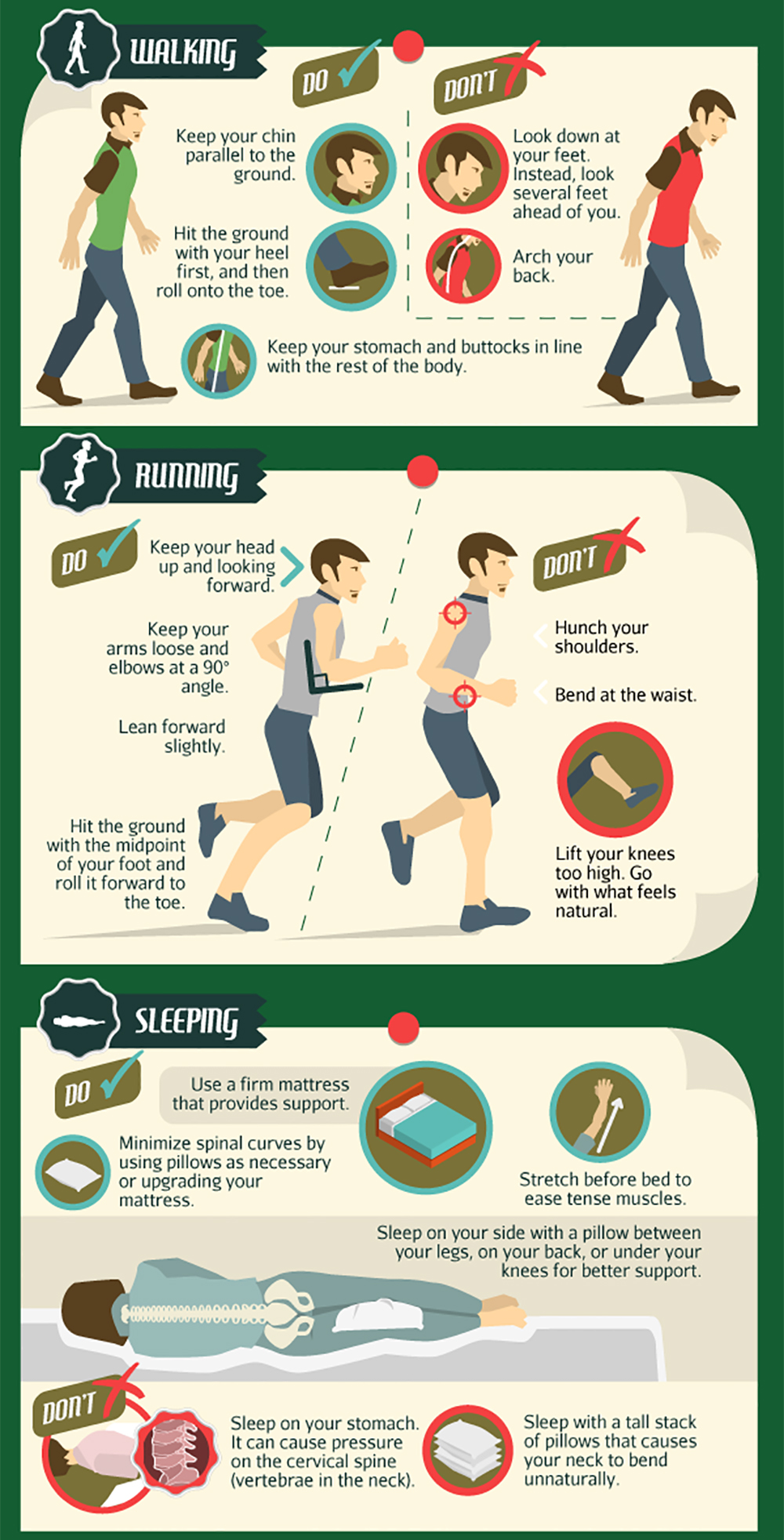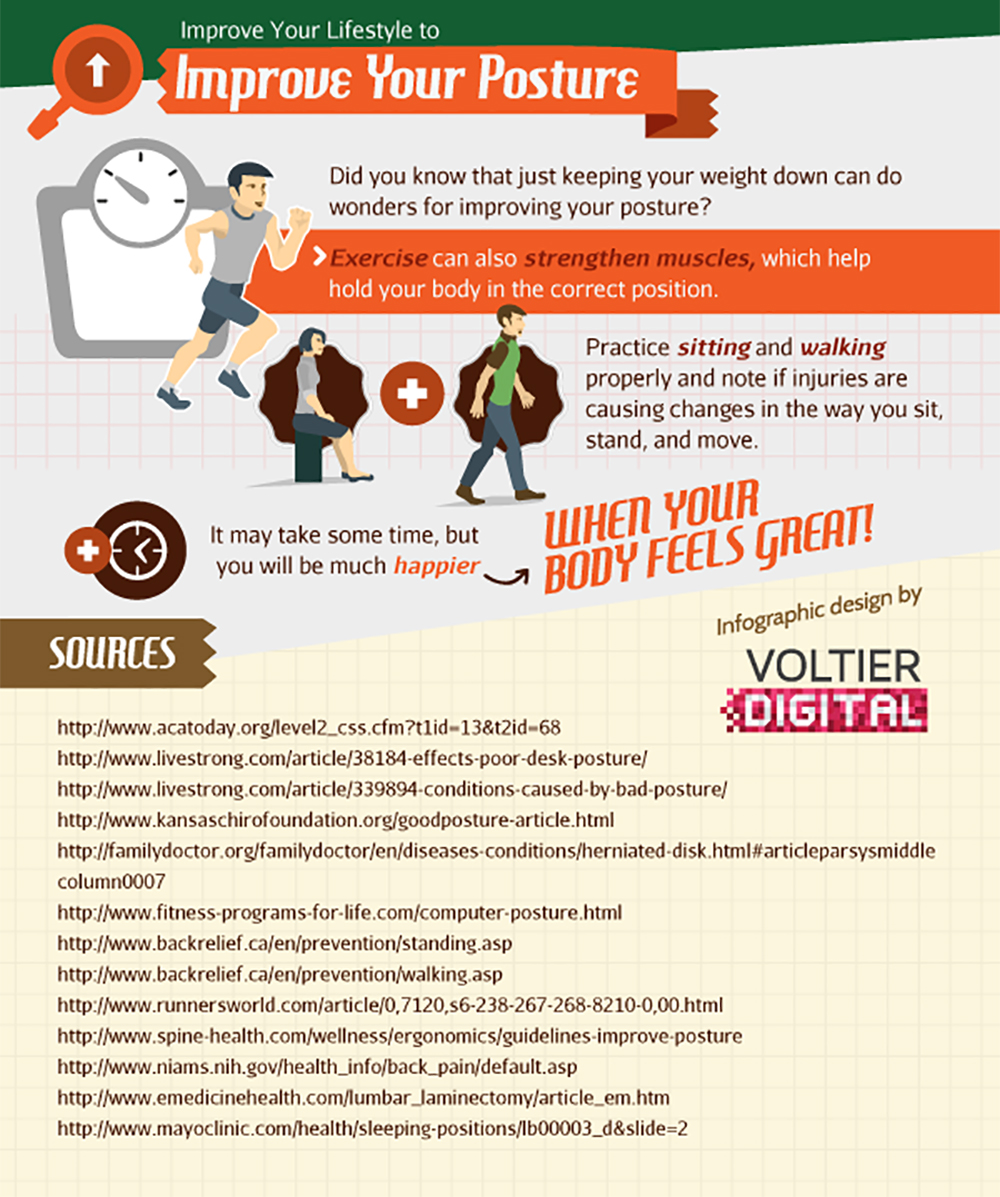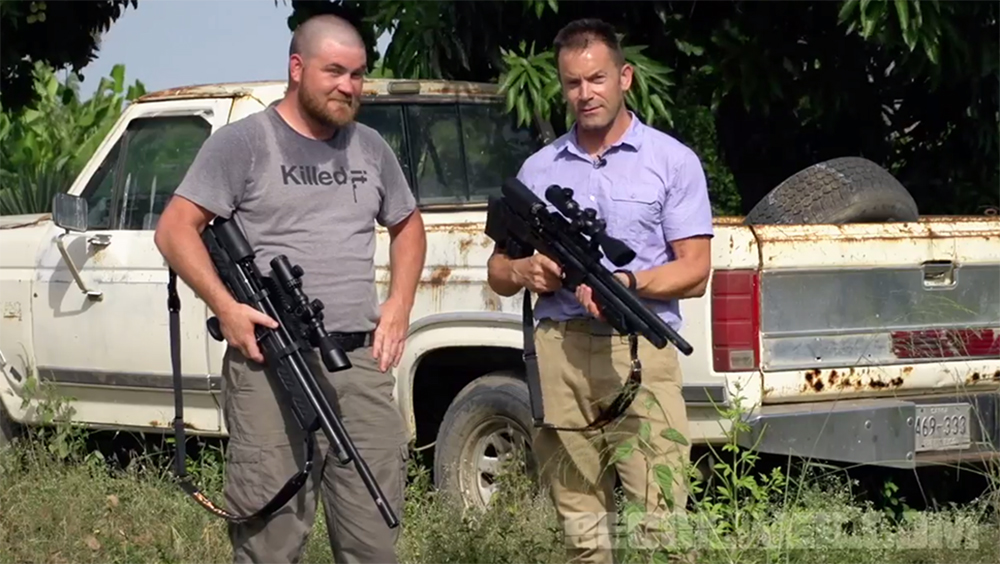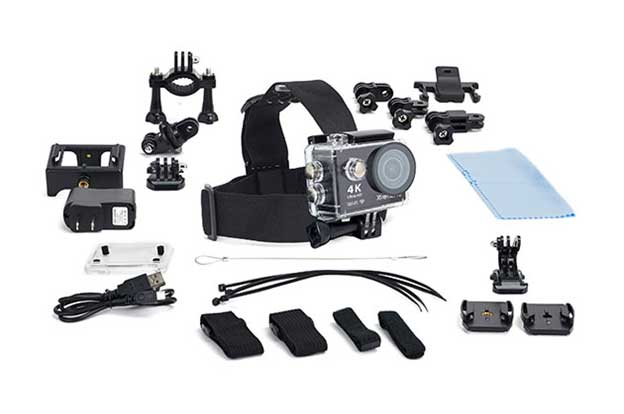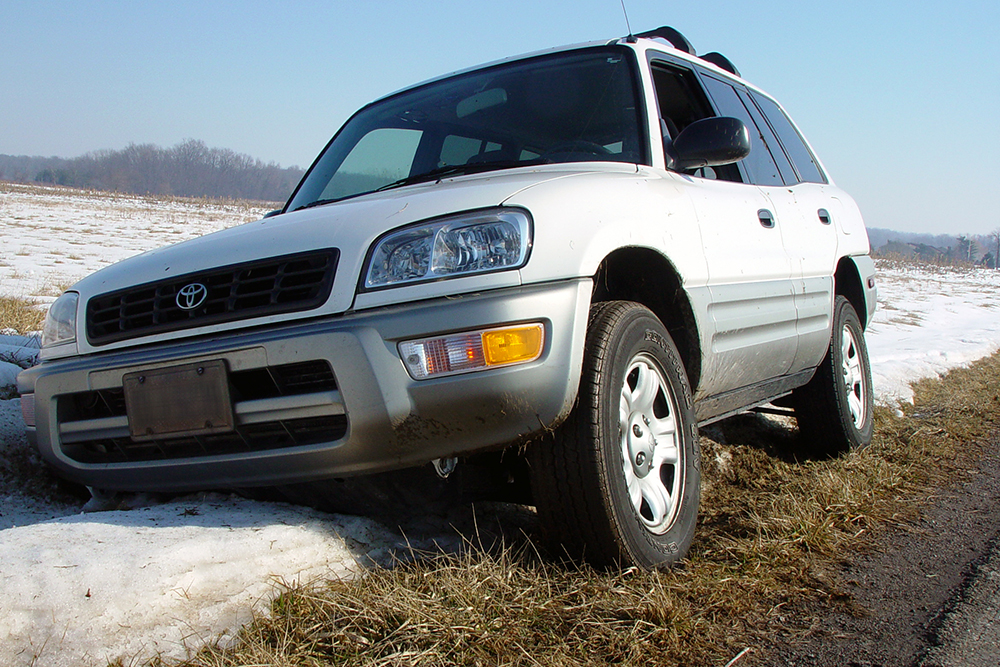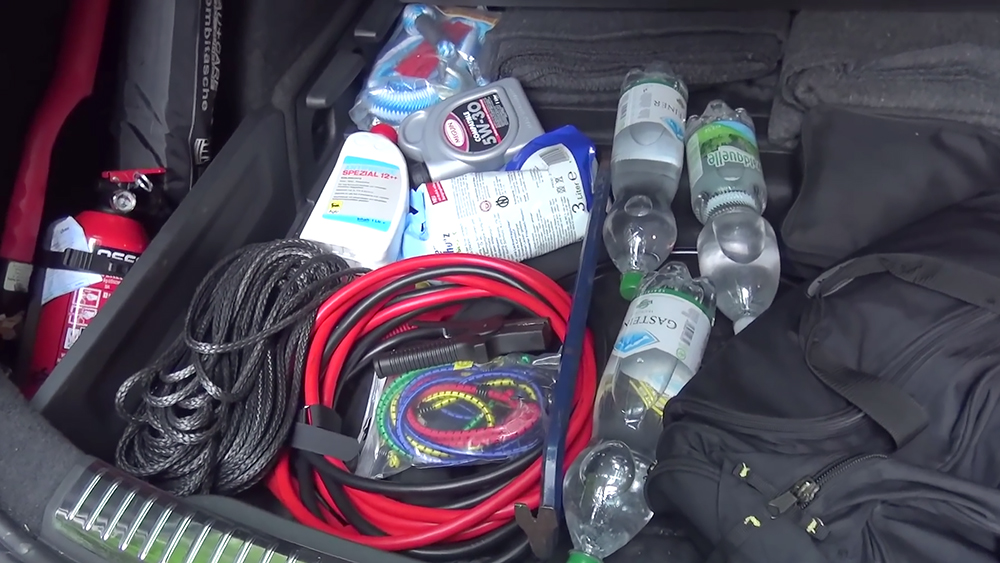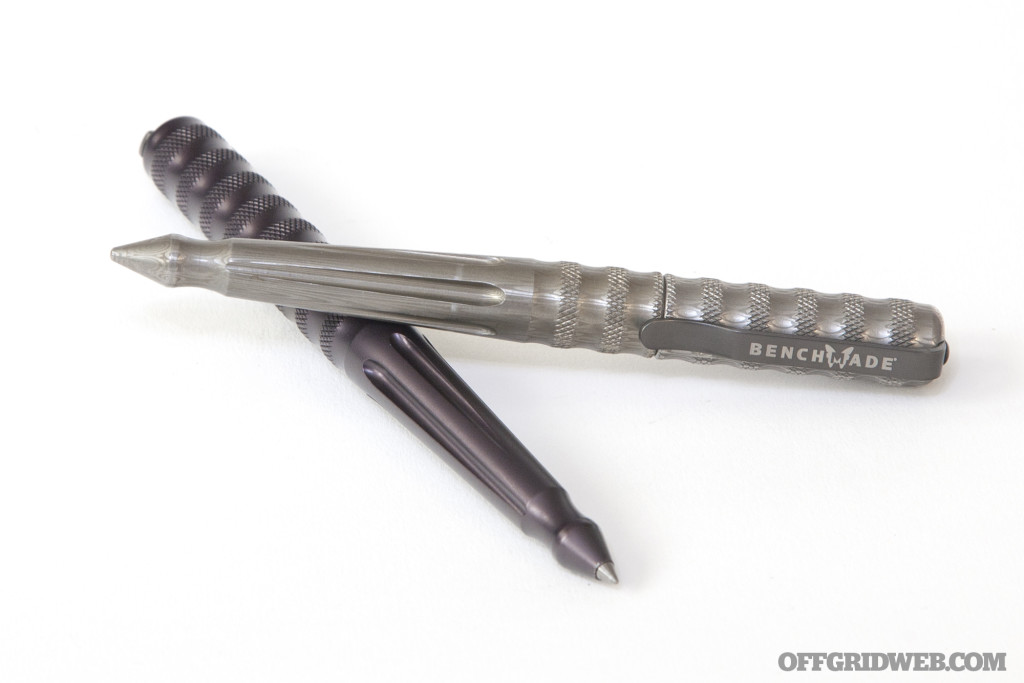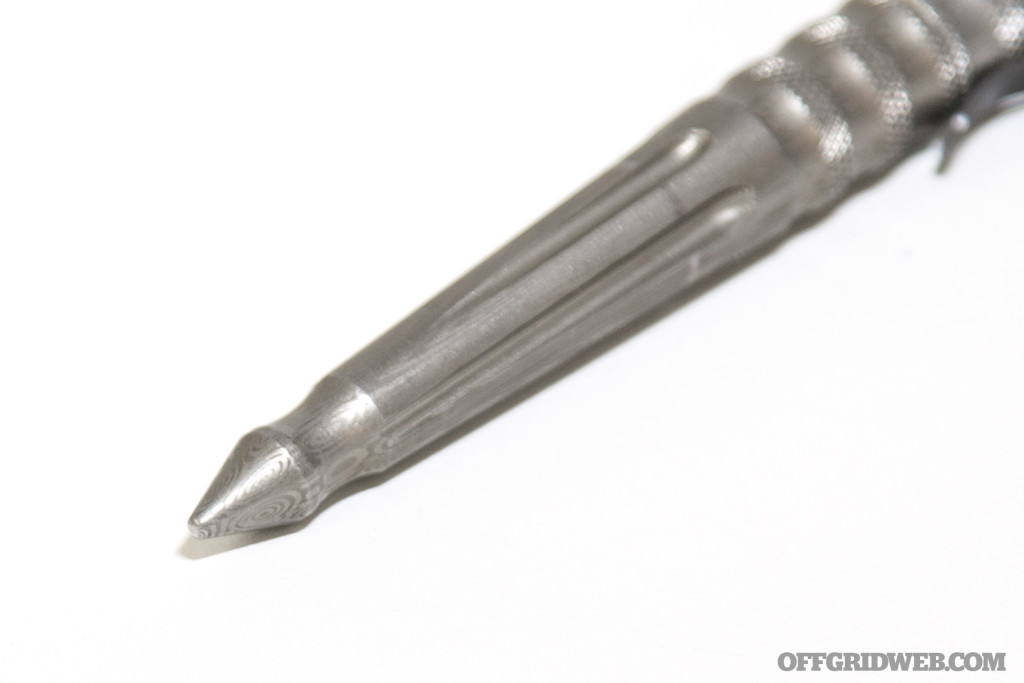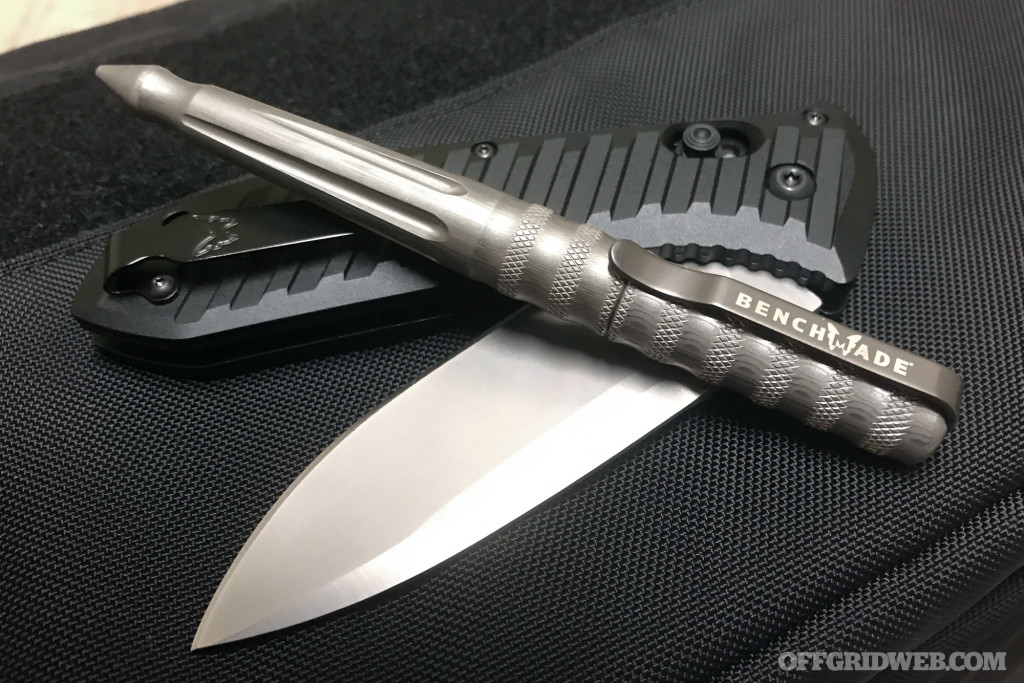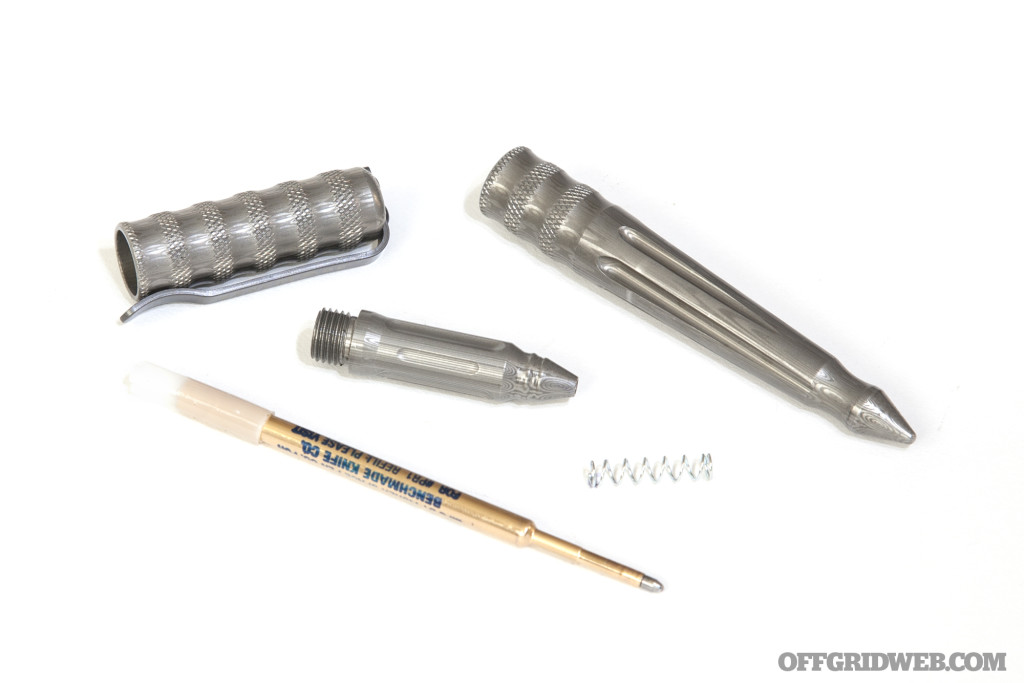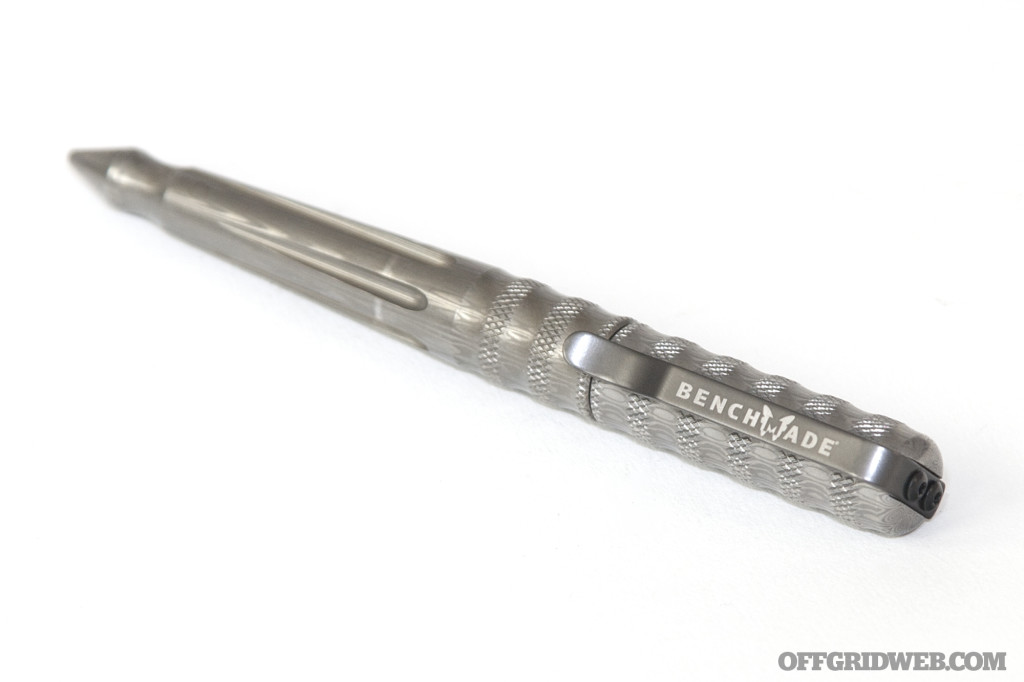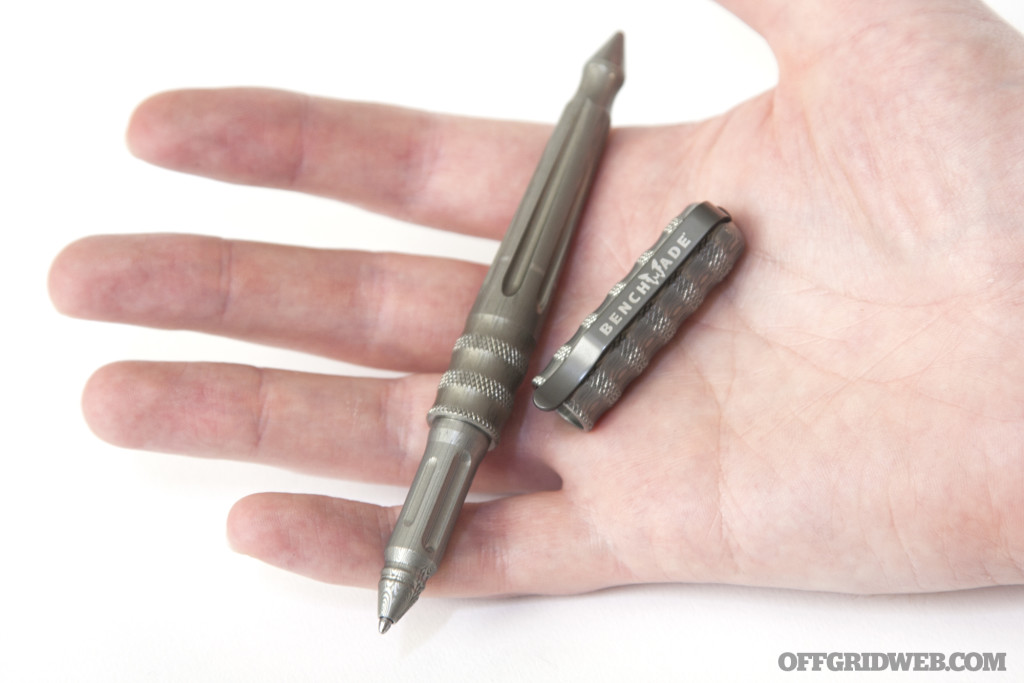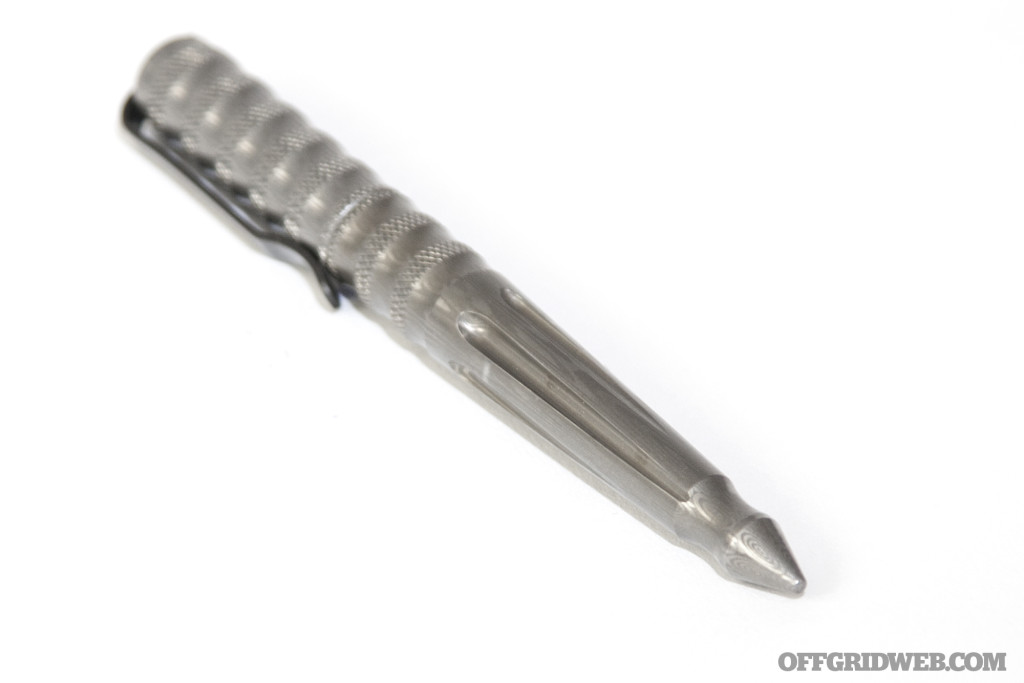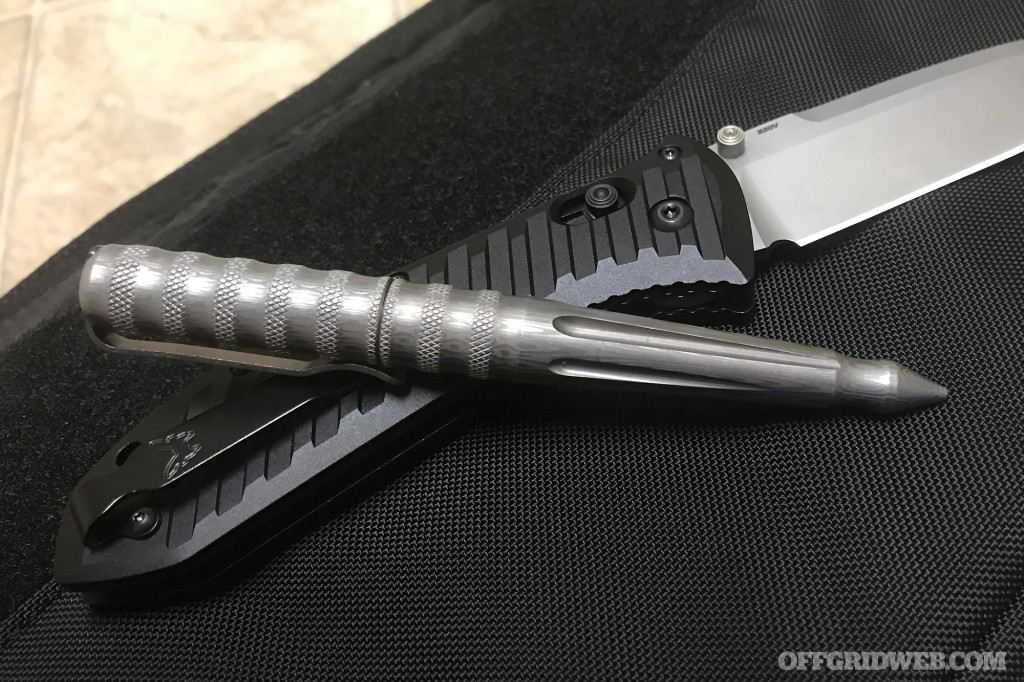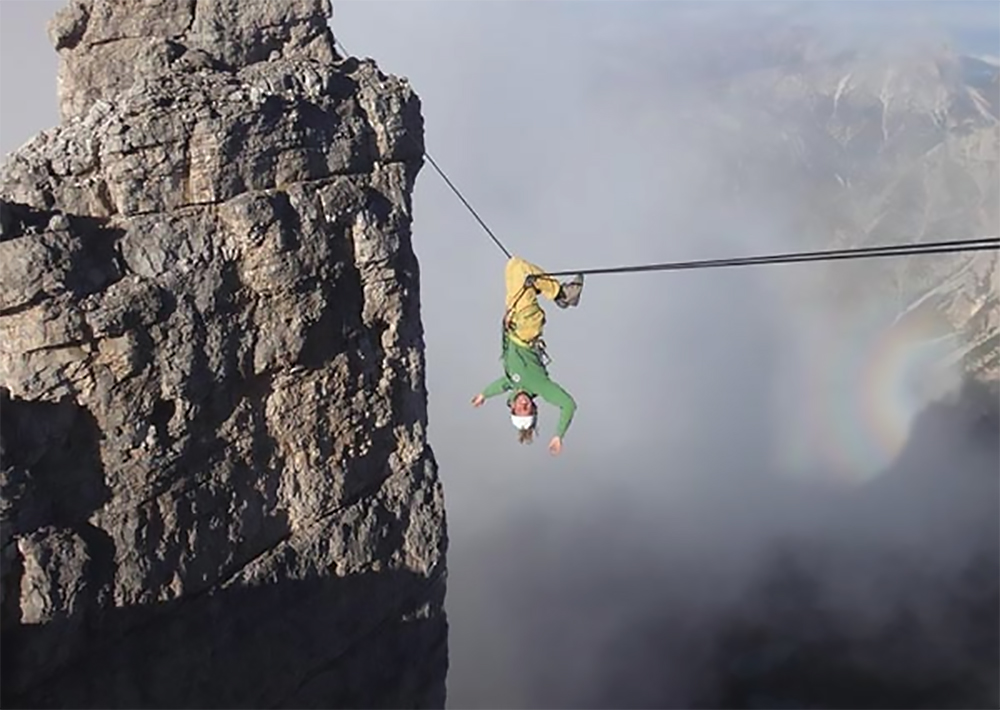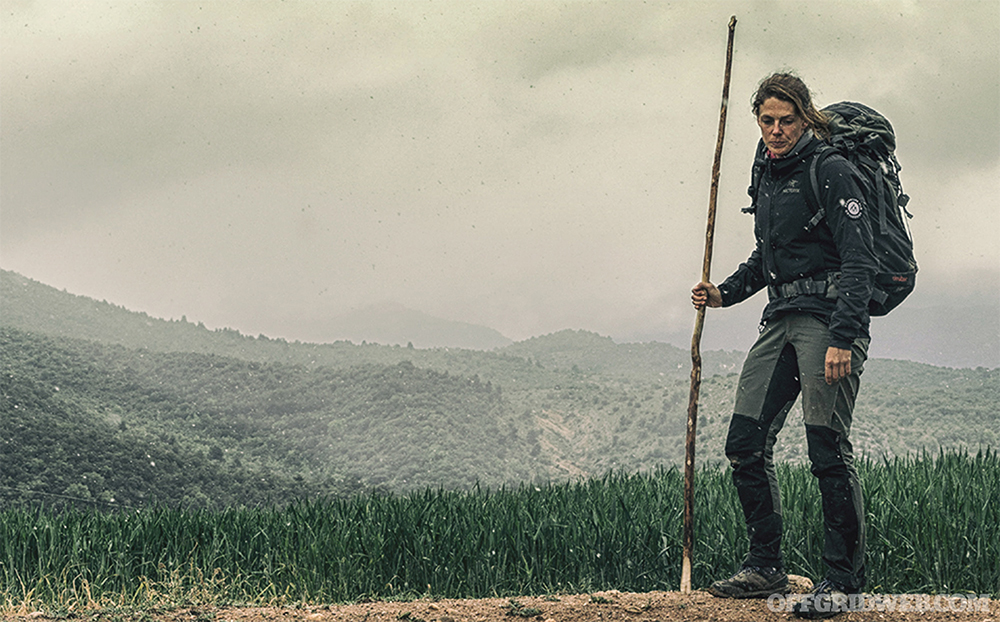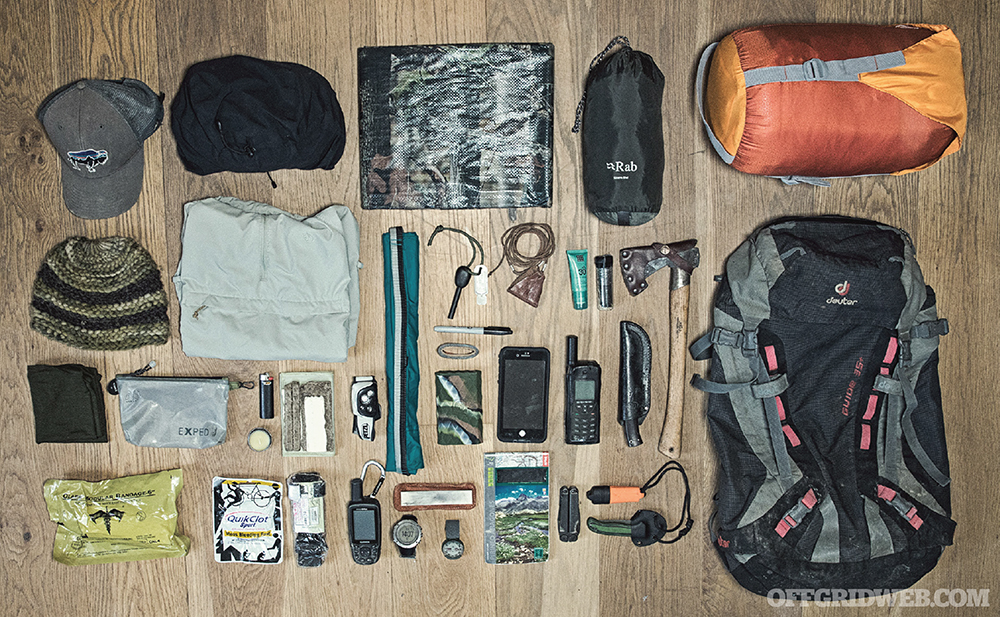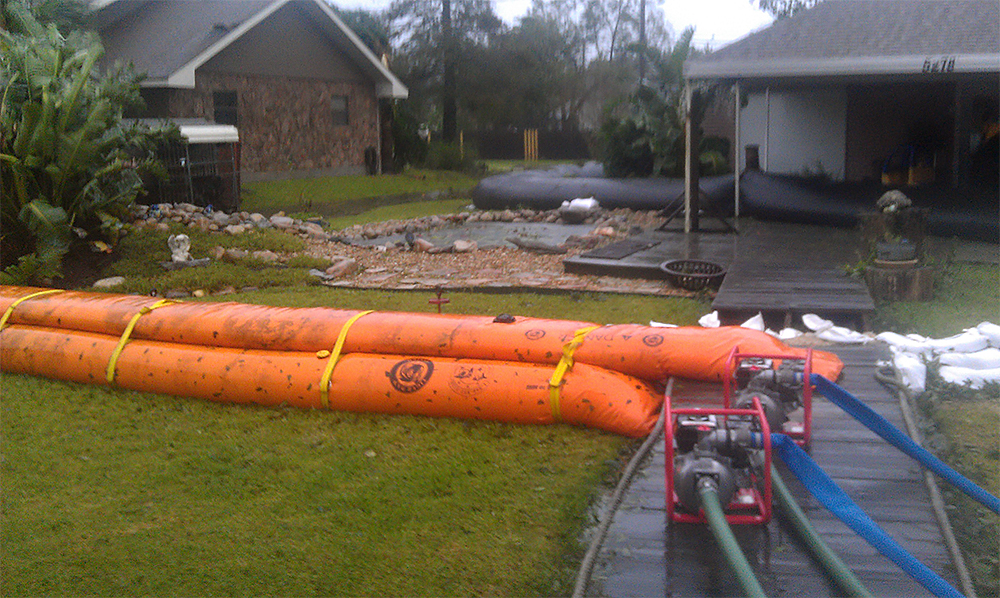In This Article
Chitin is a fibrous material that's the main constituent of the exoskeletons found on insects and crustaceans. If you've ever tried to smash a beetle or pierce a crab's hard shell, you'll know just how tough this chitinous armor can be. However, these exoskeletons don't slow arthropods down. They're naturally lightweight, and equipped with articulated joints that allow these organisms to remain fast and agile.
Kitanica, a California-based outdoor apparel manufacturer, drew inspiration from this naturally-occurring armor. The influence is evident in its brand name, its geometric beetle logo, and the distinctive designs of its outdoor apparel. Kitanica aims to equip its customers with gear that's as tough as an exoskeleton, but also flexible, light, and comfortable enough for everyday use.
Kitanica's History
The company was founded in 1995 by three family members: Beej Cronin, his brother Chris Cronin, and their cousin Leonard Riccio. That same year, the trio developed a jacket which would later come to be called the Kitanica Mark IV.
The original Mark IV jacket featured a zippered front with four buckles, asymmetrical pouch-style pockets, articulated padding, and a tall collar. Its aggressive design certainly turned some heads, and even caught the attention of TV presenter Adam Savage, who often wore the jacket while filming Mythbusters episodes.
In 2016, 21 years after its inception, Kitanica went back to the drawing board and fully redesigned the Mark IV. The new Kitanica Mark IV shows clear inspiration from the original design, but offers a sleeker appearance, new features, and more durable materials.
Kitanica Mark IV Specs & Features
Like all Kitanica apparel, the redesigned Mark IV is made in America at the company's Oakland, CA headquarters. Its materials are also domestically-produced. We found the workmanship to be outstanding, with nary a stray thread or loose stitch anywhere on the jacket.
The Mark IV's outer shell is constructed from Ranger Green 1000-denier CORDURA nylon — if you're not familiar with the denier metric, it means that the fabric is incredibly dense. For reference, this is the same type of material that's used as the basis of many tactical backpacks and plate carriers. The nylon shell is also coated with urethane, which causes water to bead up and run off its surface.
The 4-ply lining consists of Taslan woven nylon and breathable mesh. The Mark IV remains a front-zip like the original design, but the predecessor's large buckles have been replaced with low-profile mil-spec brass snaps. There's a 3-inch by 5-inch area of MOLLE-compatible nylon webbing on the left forearm, and the zippers throughout the jacket are all name-brand YKK products.
On the back side, the Mark IV features Kitanica's signature articulated padding, which is reminiscent of the brand's exoskeleton inspiration. Dense foam inserts in these segments cushion the wearer's spine from impacts and bruises, but don't impede natural movement of the back.
Double-layer pockets on each elbow are compatible with Kitanica's articulated elbow pad inserts. Velcro cuff closures and cinch straps behind the hip area reduce loss of body heat in cold weather.
When it comes to pockets, let's just say the Kitanica Mark IV has you covered — literally. There are pockets and pouches all over the interior and exterior:
- Front: deep diagonal-zip pockets on each side
- Left Chest: large vertical-zip pocket
- Right Chest: large vertical-zip pocket, small velcro pouch
- Left Arm: vertical-zip pockets on upper and lower arm, admin pouch (holds 3 pens, flashlights/chem lights, or small tools), MOLLE-compatible expansion panel
- Right Arm: vertical-zip pocket, 3″ by 4.5″ velcro patch area
- Inside: vertical-zip pockets and mesh pouches on either side
The Mark IV is currently only available in this Ranger Green color, and sizes range from small to XX-large. A sizing chart is available on Kitanica's web site, and we recommend taking precise measurements before placing an order to ensure the jacket will fit you properly. (Note: This reviewer, pictured below, is 6'5″ tall. So the jacket may appear shorter in these photos than it would on an average-height individual.)
Our Review of the Mark IV Jacket
After spotting the redesigned Mark IV at SHOT Show in January, our initial impressions of the jacket led us to select it as one of our Best Products of SHOT Show 2017. However, now that we've had some time to wear the jacket and evaluate it thoroughly, we'll share our thoughts below.
Putting on the Kitanica Mark IV for the first time, you'll immediately notice how tough it feels. It's more akin to abrasion-resistant motorcycle apparel than traditional outdoor gear — in fact, we think it'd work quite well as a motorcycle jacket, especially with the optional elbow pads. But this is a survivalist publication, so we'll focus on how it fared in the outdoors.
The 1000D CORDURA exterior does a great job of repelling dirt and moisture, and provides good insulation for cold weather. We haven't taken it into a sub-zero environment yet, so we can't speak to its lower temperature limits, but it should serve well as an outer shell in bitter cold with properly-layered undergarments or a Kitanica fleece liner. As for the upper temperature limits, we'd say it's comfortable up to the mid-60°F range during moderate activity. Anything more than that and you'll start to sweat profusely.
While the nylon construction yields excellent protection from bumps, scrapes, and the elements, it's noticeably heavier and less flexible than a traditional cold-weather jacket. That's not to say it impeded our ability to hike or move around normally in the outdoors, but you won't exactly forget that you're wearing a thick shell, either.
More than a dozen pockets and pouches make this jacket an asset for for bushcraft, survival, or even a fall or winter day at the range. It's just up to the wearer to find gear to put in each of these compartments, and to organize it in a memorable fashion. The chest pockets accommodate gloves and a beanie, while the arm pockets can be used for maps, a compass, and other navigational tools.
From a gray man perspective, this jacket clearly stands out in a crowd, and it'll even turn the heads of passersby in the backcountry. Depending on the message you're looking to send, and the apparel worn by those around you, that can be a good thing or a bad thing. Either way, the Mark IV certainly makes a bold visual statement. You might even feel like you're walking off the set of an action movie — Kitanica gear has been featured on the silver screen in The Fate of the Furious, Jumanji, and Captain America: Civil War.
Now for the elephant in the room: the Mark IV will set you back $669. Before you spit out your coffee, remember that it's an American-made jacket built from top-shelf materials with incredibly intricate construction and stitching throughout. That simply doesn't come cheap. Also, we have no doubt whatsoever that this jacket will last for many decades of use and abuse — it might even be an economical choice if you're tearing up $200 jackets every few years.
Overall, we found the Kitanica Mark IV to be a great choice for cool-weather outdoor treks. Like any apparel, there's a tradeoff between protection and weight/flexibility — this jacket favors the former. Its price may also be a deal-breaker for budget-oriented preppers. But the Mark IV certainly feels just as solid and durable as we'd hoped, looks like nothing else on the market, and is made in the USA to a high standard of quality.
Pros:
- Extremely tough, like a cross between motorcycle apparel, workwear, and an outdoor jacket
- Versatile pocket configuration with tons of storage space
- Good insulation and water-resistance for cold-weather use
- Distinctive appearance makes a bold style statement
Cons:
- Price may make it unattainable for many survivalists
- Dense nylon shell is durable, but also heavier and less flexible than other cold-weather jackets
- Distinctive appearance can also draw unwanted attention in many settings
Bonus Review: Kitanica RSP Pants
As you may have noticed from the photos above, we also requested a pair of khaki Kitanica RSP pants to test alongside the jacket. While they're not the primary focus of this review, we'll also share some feedback on our experience with these pants.
The RSPs are constructed from durable 50/50 nylon-cotton (nyco) ripstop fabric. The black pocket corners are made from wear-resistant CORDURA fabric, which is designed to stand up to abrasion from the clips of folding knives, flashlights, and other EDC gear. We found the materials to be tough and comfortable enough for longer multi-day hikes. The nylon-cotton blend provides a good middle ground of breathability and toughness.
These pants feature 8 pockets, most noticeably the low-profile cargo pockets on each thigh. The asymmetrical design offers a good variety of storage compartments, from the bug logo pocket (the perfect size for an Altoids tin) to the larger snap, velcro, and zippered pouches. It's always easy to remember where your gear is stowed, and when the pockets are empty, they don't balloon out like those on old-school cargo pants.
One point worth noting is the importance of taking waist measurements (yes, using a tape measure) before ordering these pants. Do not assume that if you normally wear pants labeled with a 36-inch waist size, you should order that size from Kitanica. Measure your waist, check the Sizing Information tab on the product page, and order accordingly.
This reviewer requested a 36-inch waist, but in retrospect, a 38-inch waist would've been preferable. The velcro cinch straps allow the wearer to downsize the waist by as much as 3 inches, so heed Kitanica's advice: “when in doubt, go with the larger size.” The pants we received still fit comfortably, but don't offer as much room for cinch strap adjustments as a larger size would have.
Also, Kitanica pants are typically only available in one standard leg length: 34 inches. Most buyers will need to get them hemmed to fit, or roll the excess. If you need a size longer than 34 inches, Kitanica sometimes offers special runs of 37-inch-leg pants.
The Kitanica RSPs retail for $149, and are available in black, khaki, and navy blue. Sizes range from 30×34 to 42×34, though availability varies based on color. Overall, our experience with the RSP pants was positive, and we're looking forward to wearing them on more adventures in the future.
Pros:
- The nylon-cotton ripstop fabric provides an excellent balance of breathability and wear-resistance.
- Kitanica's asymmetrical pocket design is intuitive and offers good organization.
- Pockets expand to carry larger items comfortably, but remain slim and flush with the body when empty.
Cons:
- Only available in 34-inch leg length, so you'll likely need to get these hemmed or roll the cuffs.
- The metal zipper pull on the right cargo pocket jingles as you walk. If this bothers you, you can cut it off with tin snips and add some paracord.
- Proper sizing requires careful waist measurement and cross-referencing with the sizing chart. We recommend ordering one size larger than you'd normally wear, and using the cinch straps to adjust down to your size.



